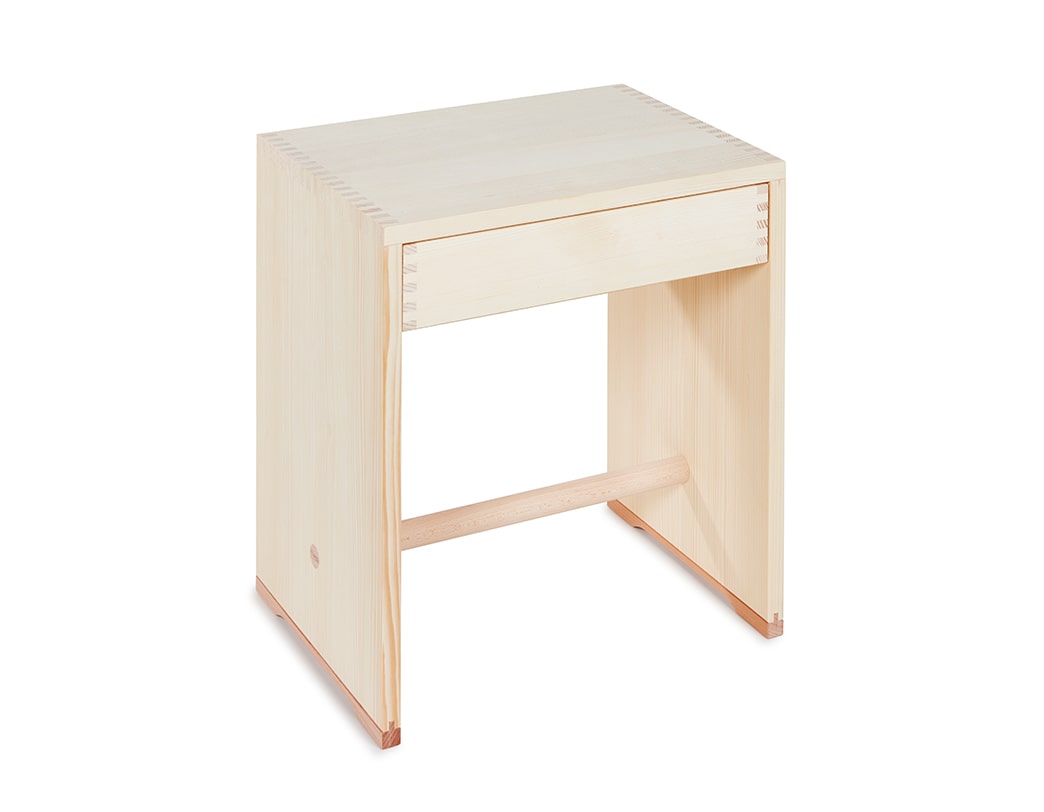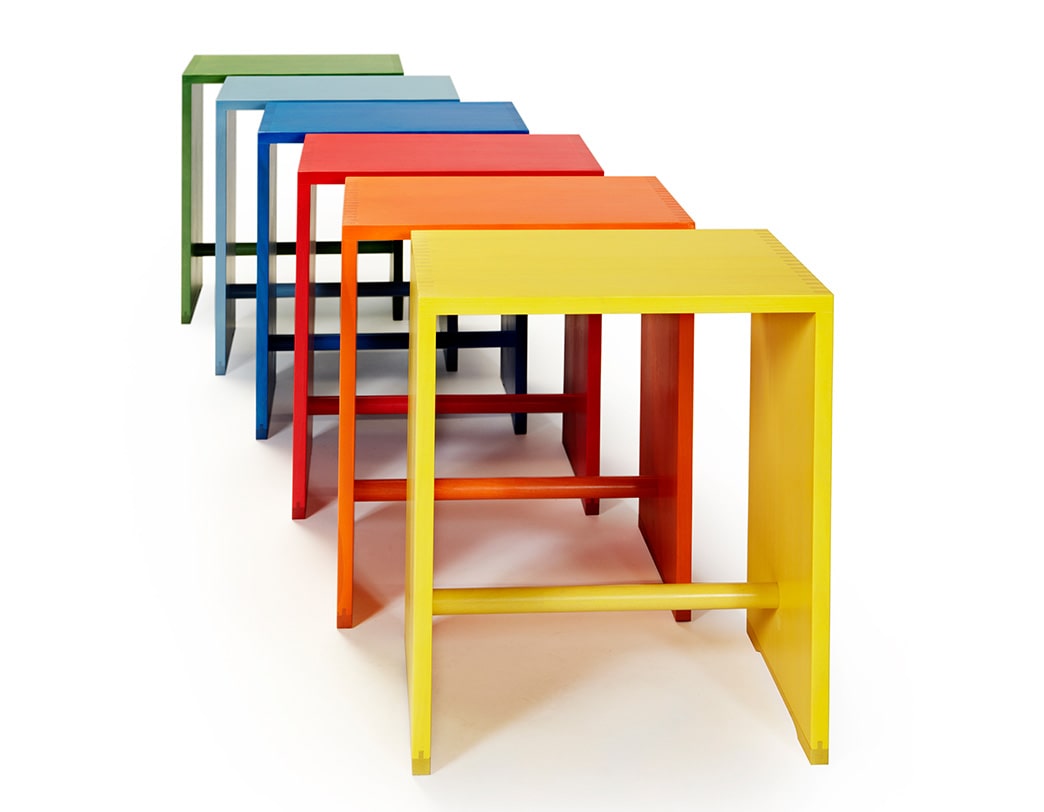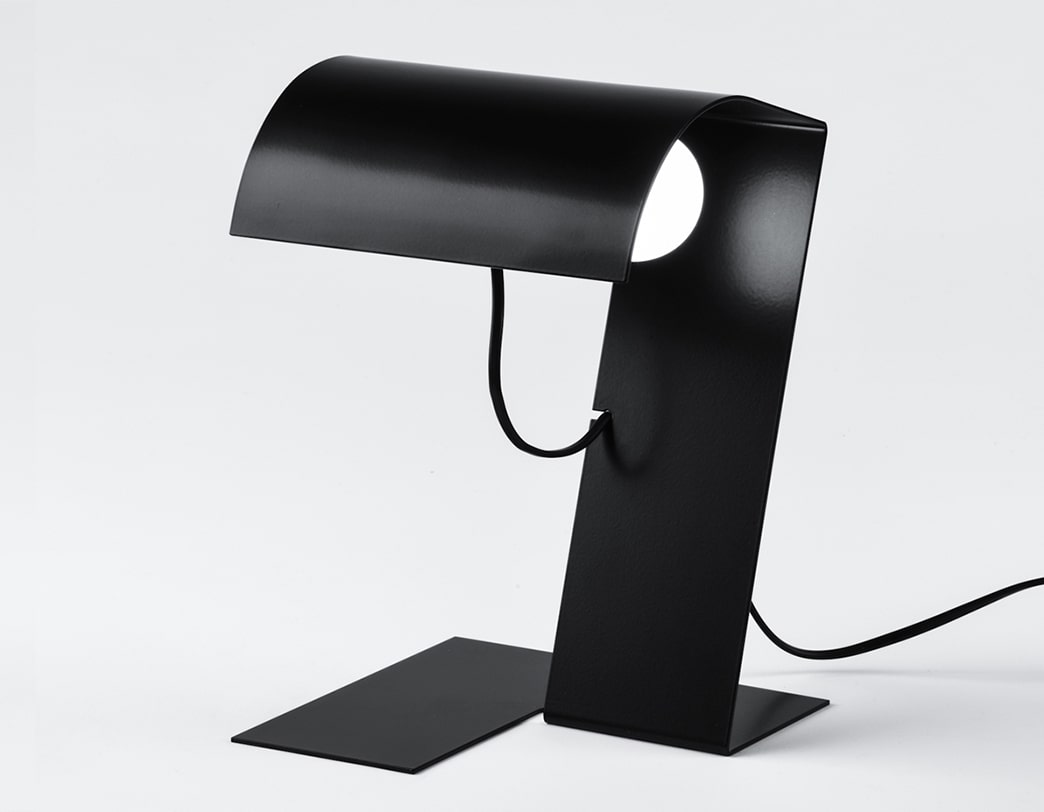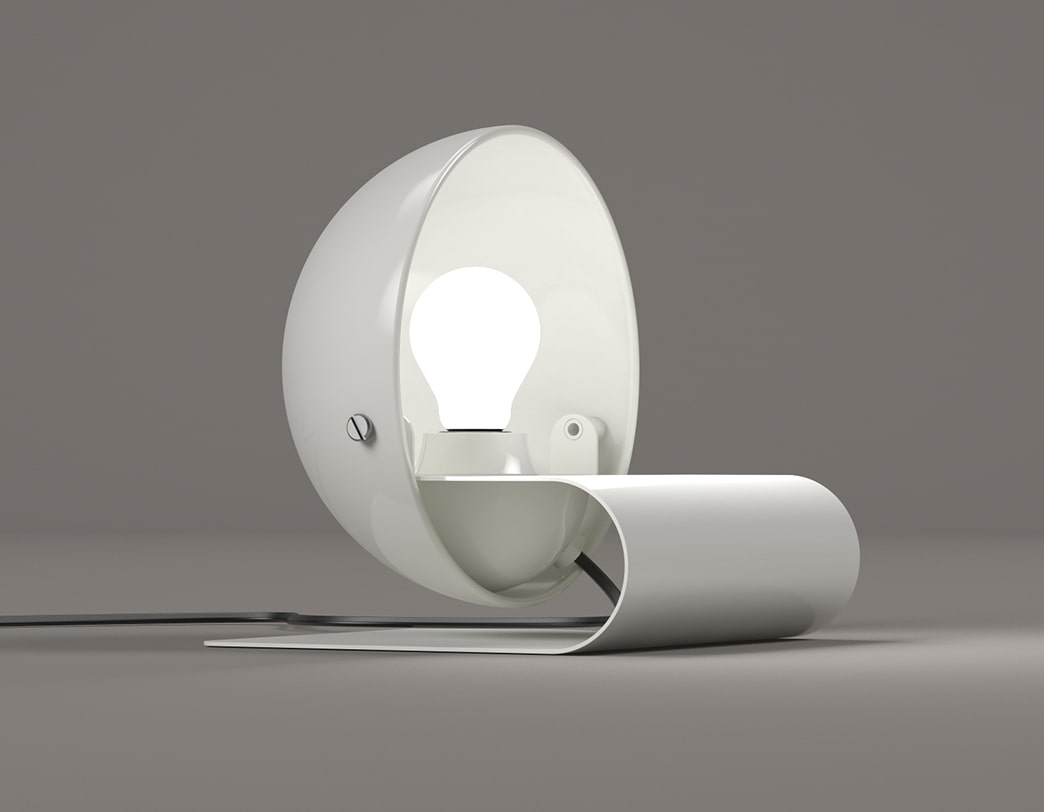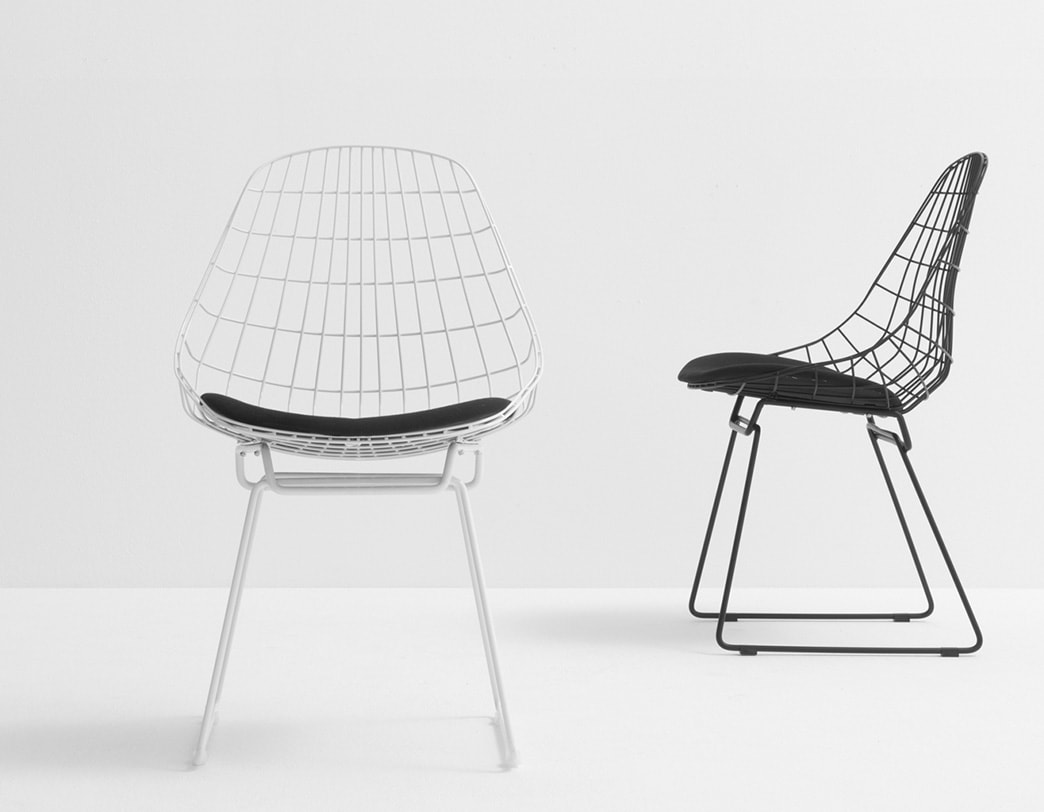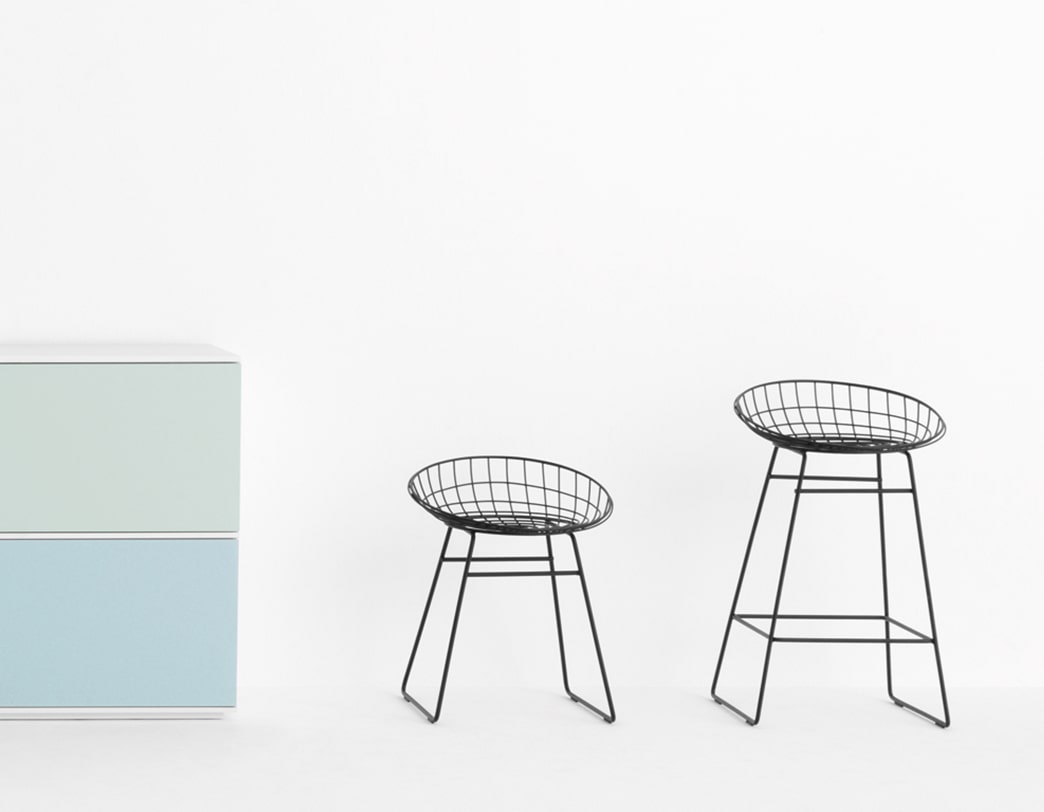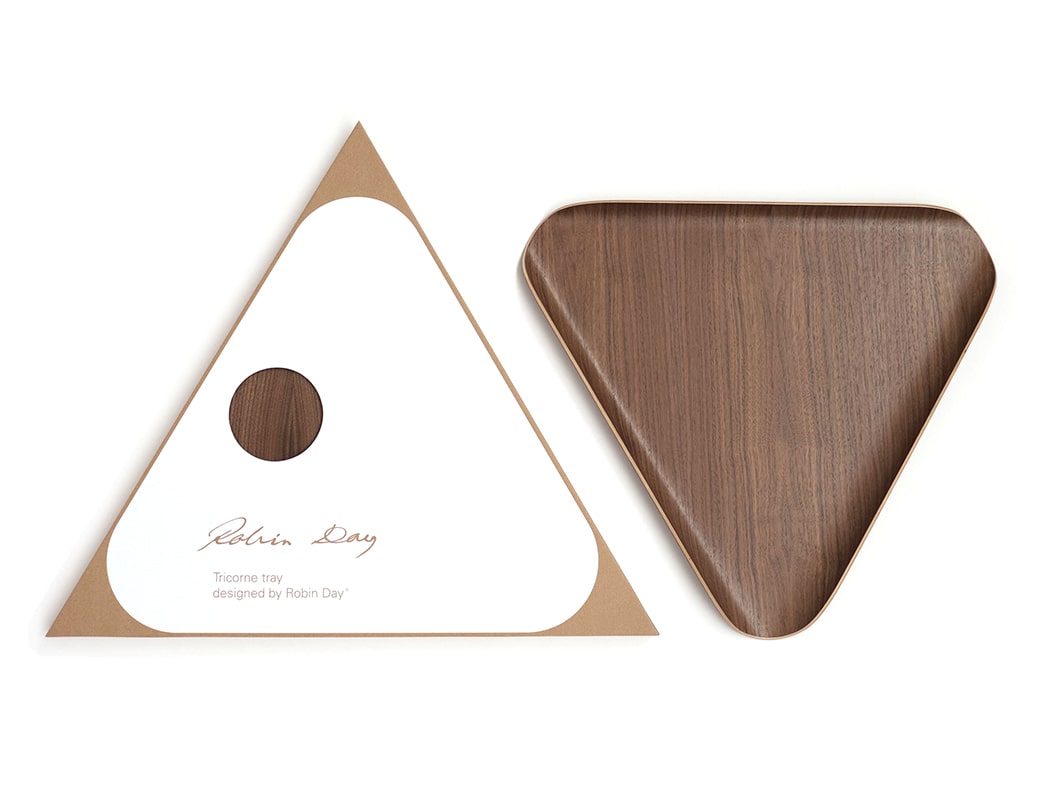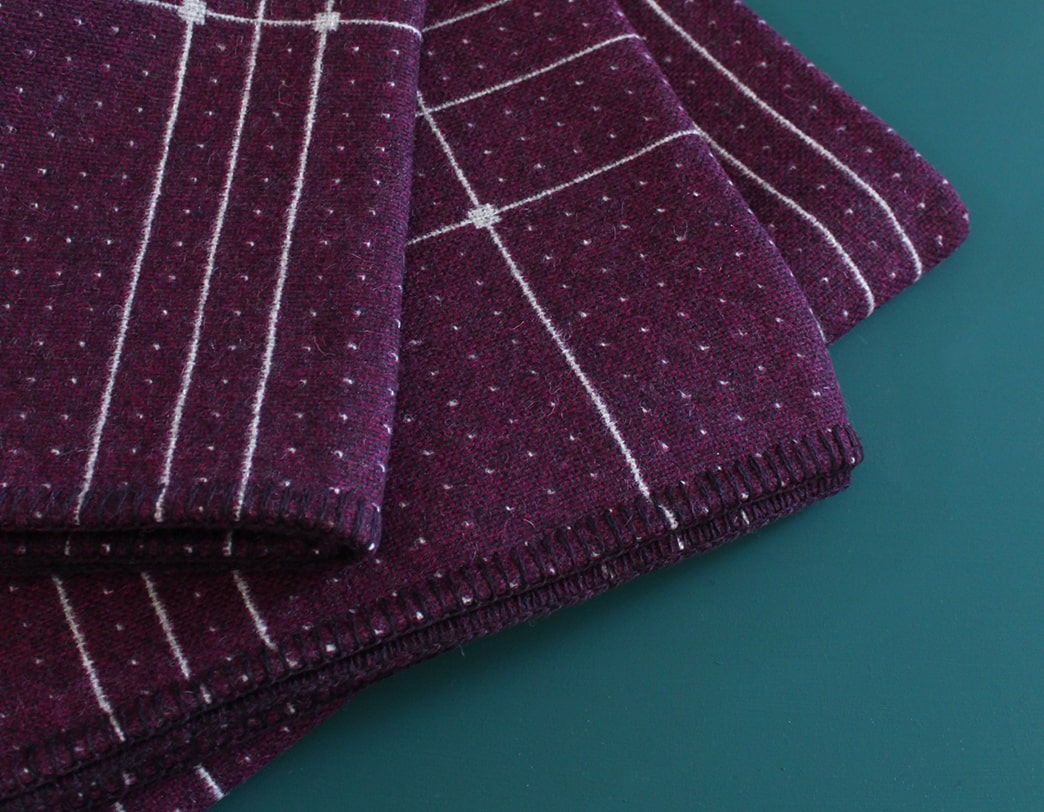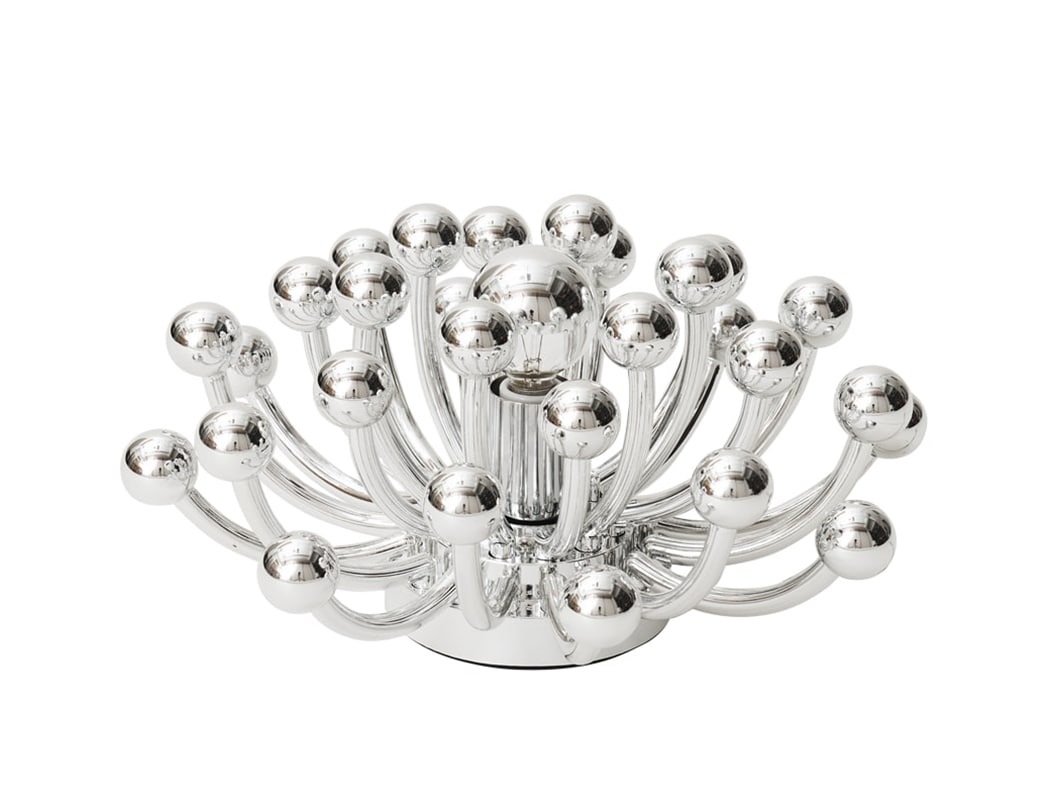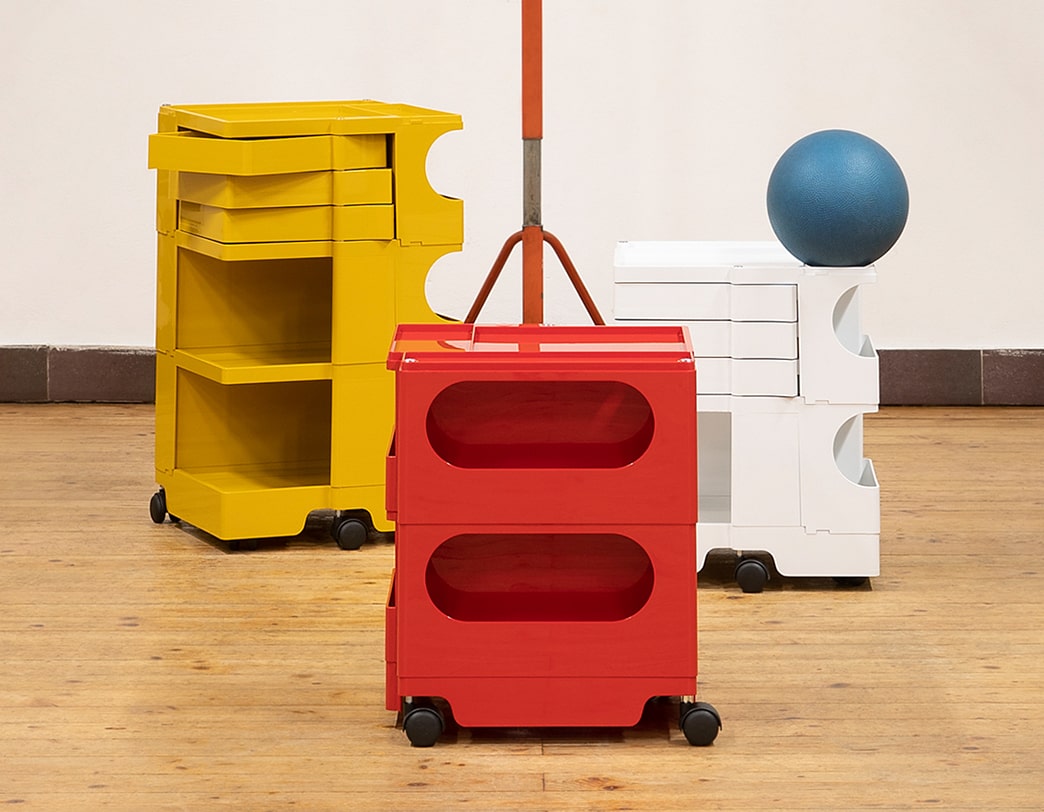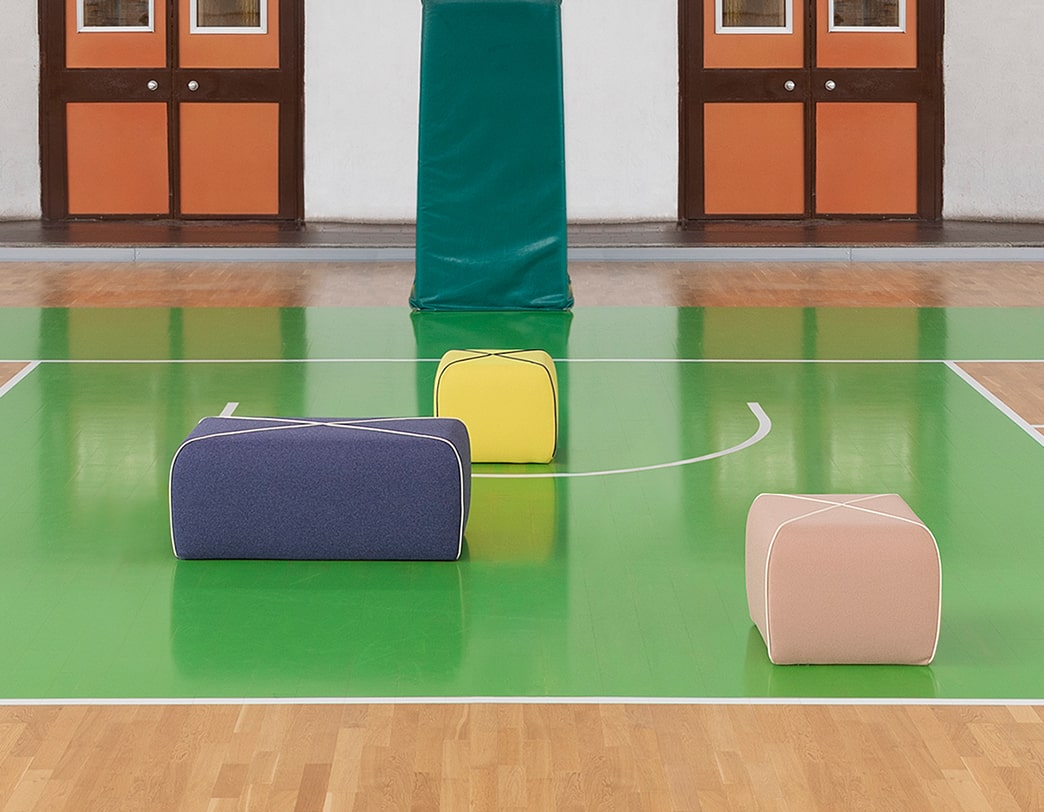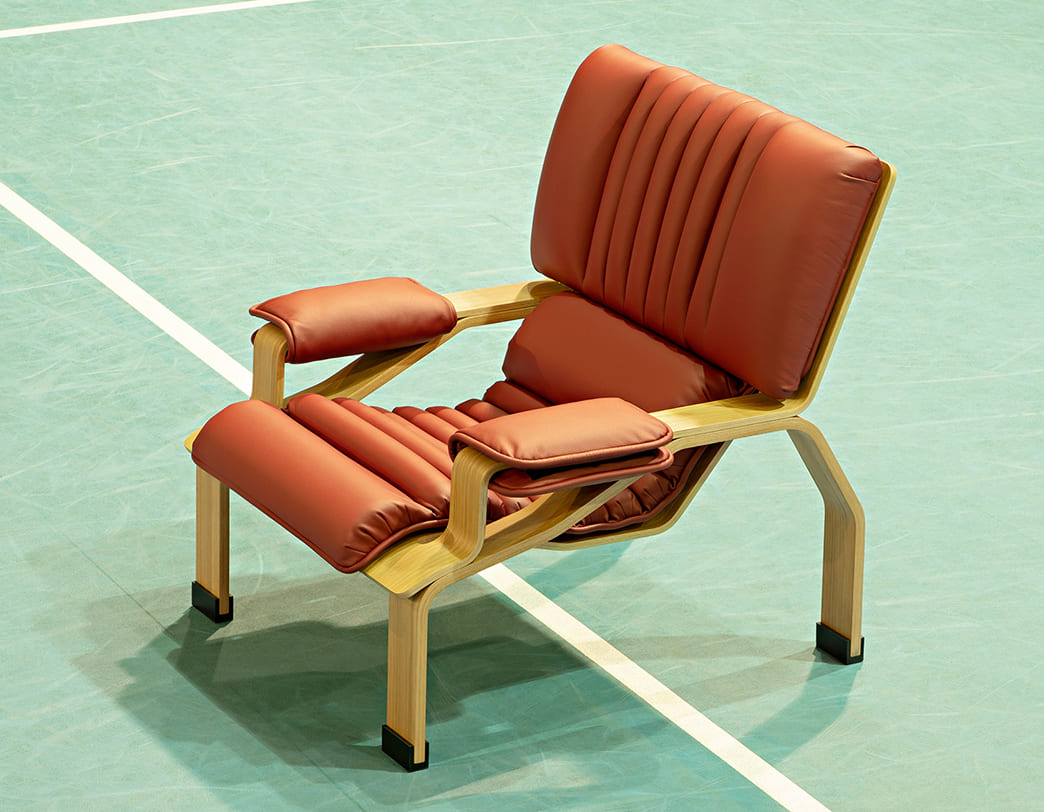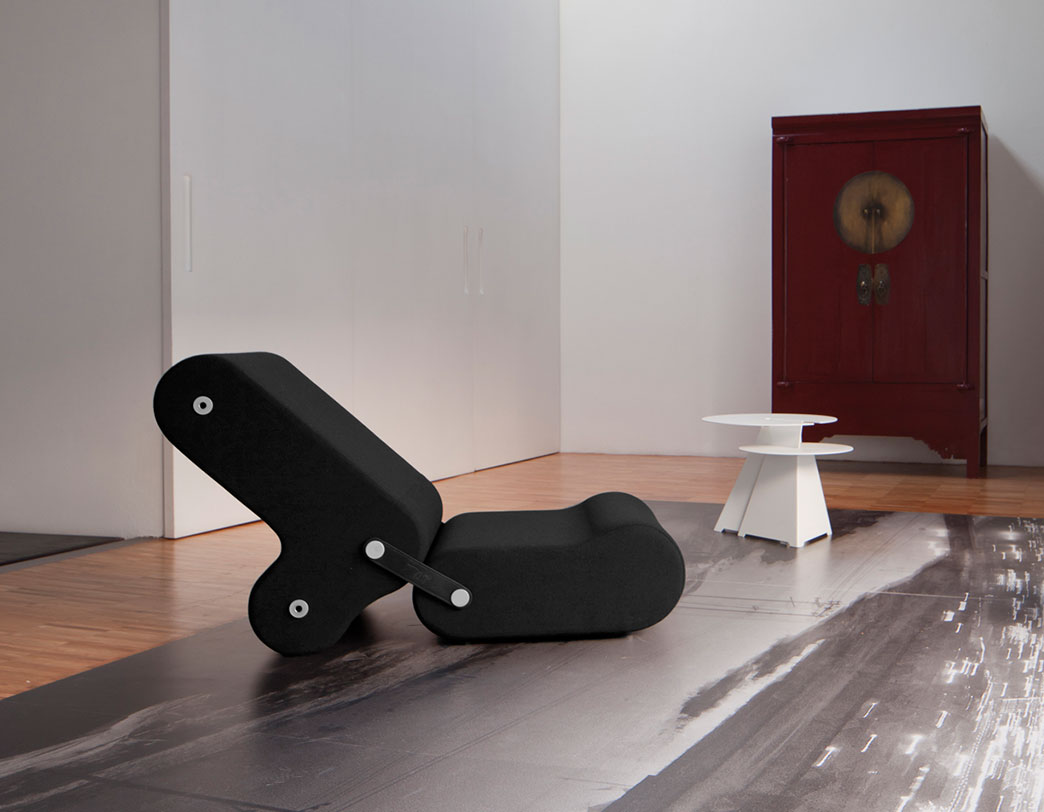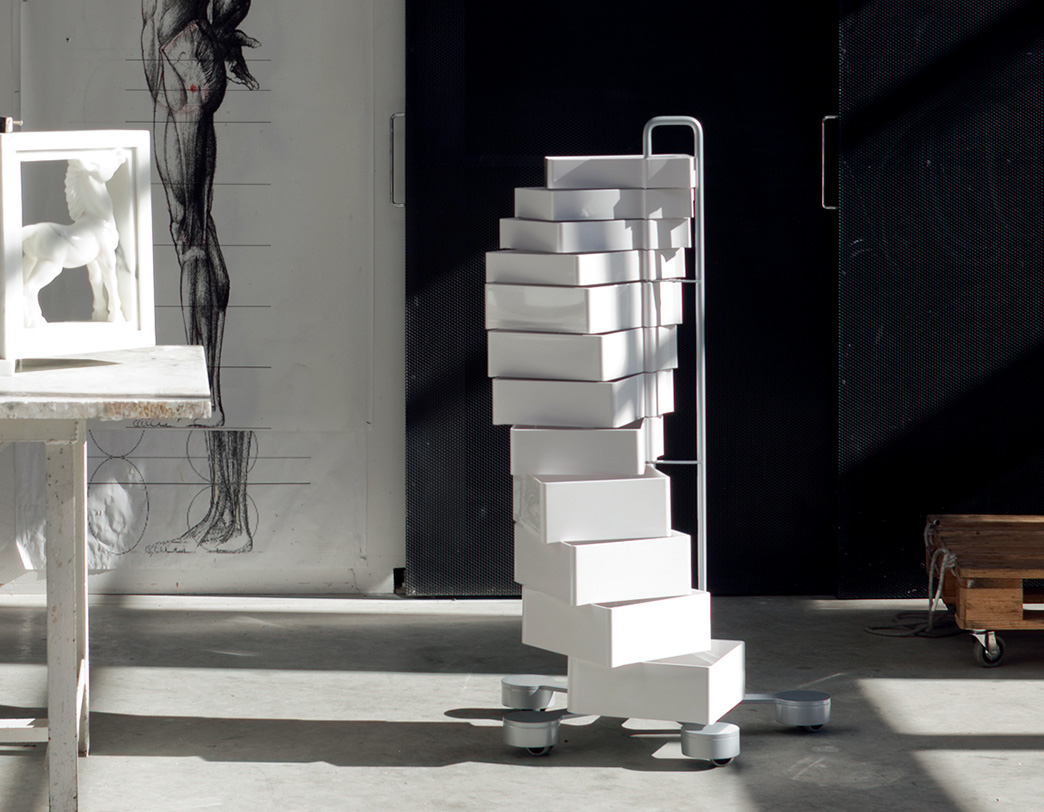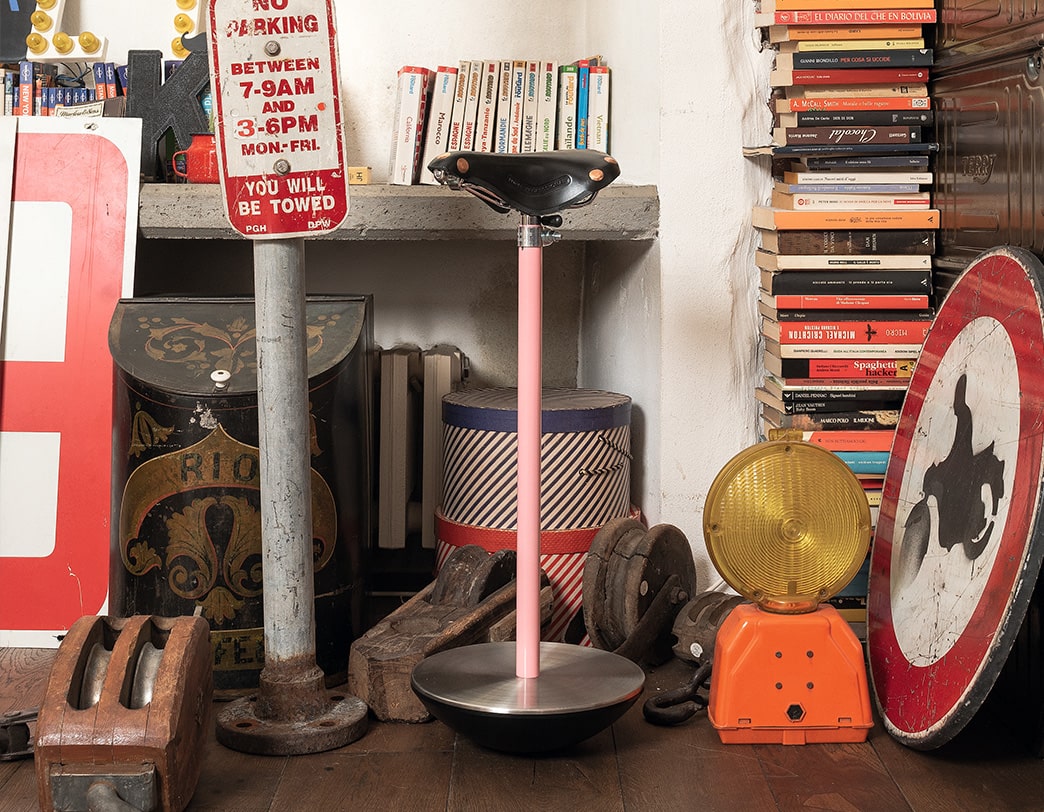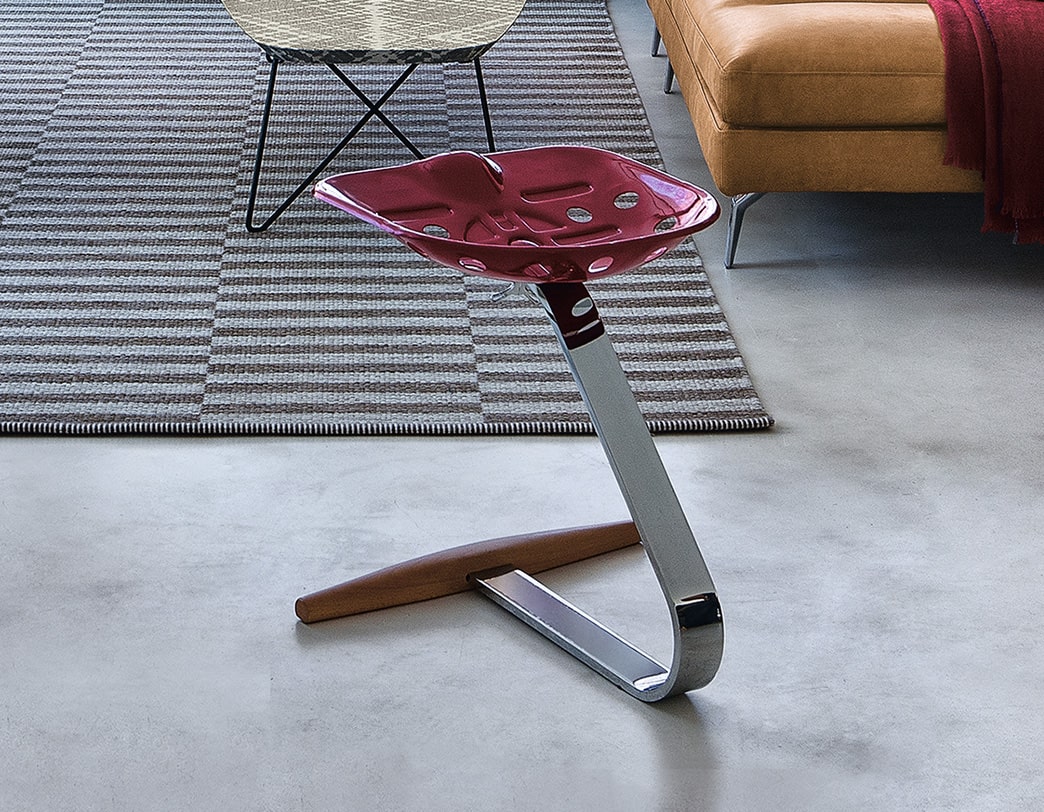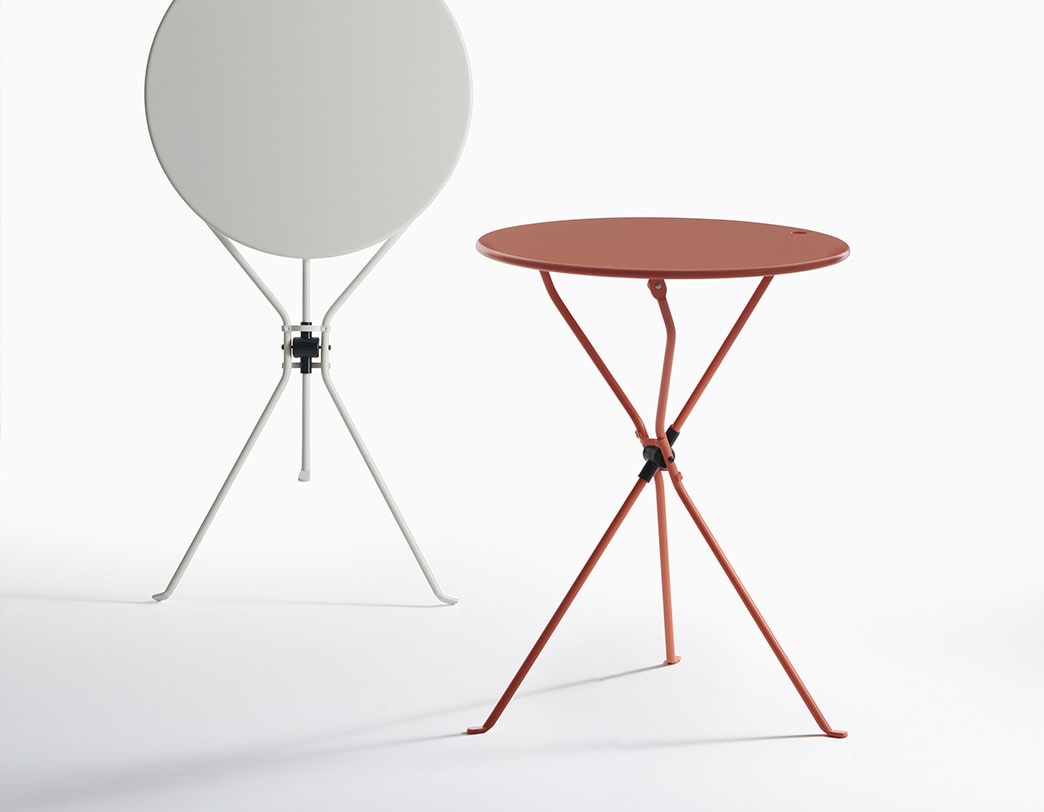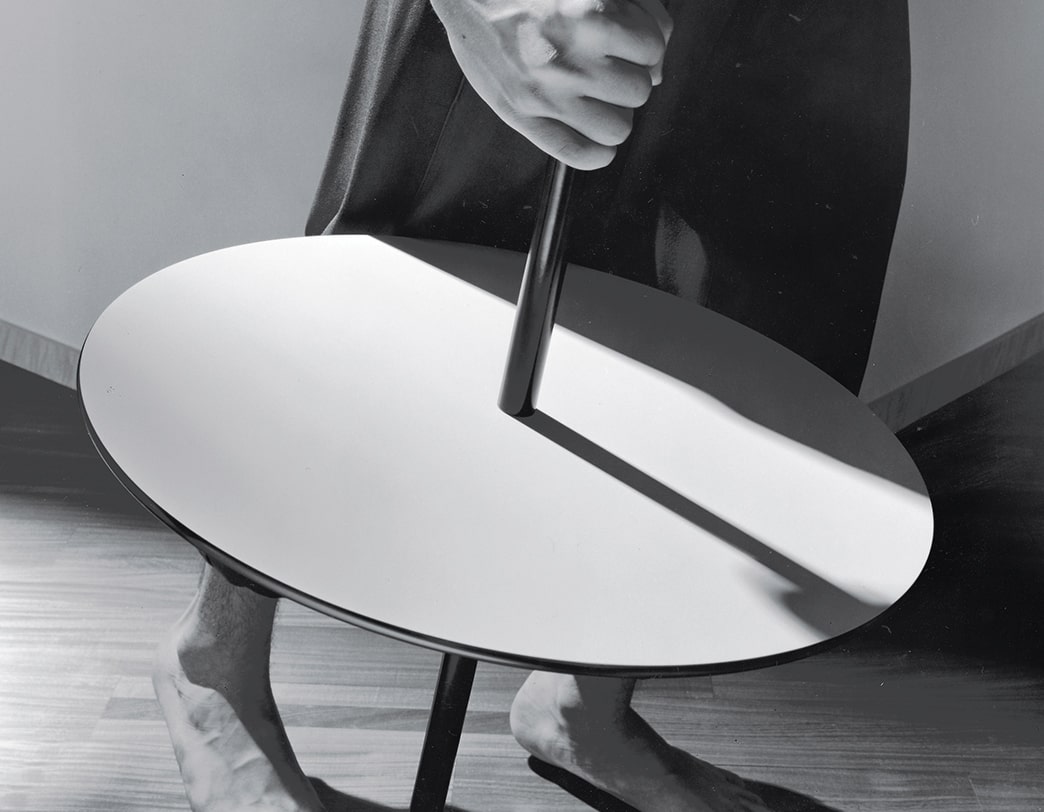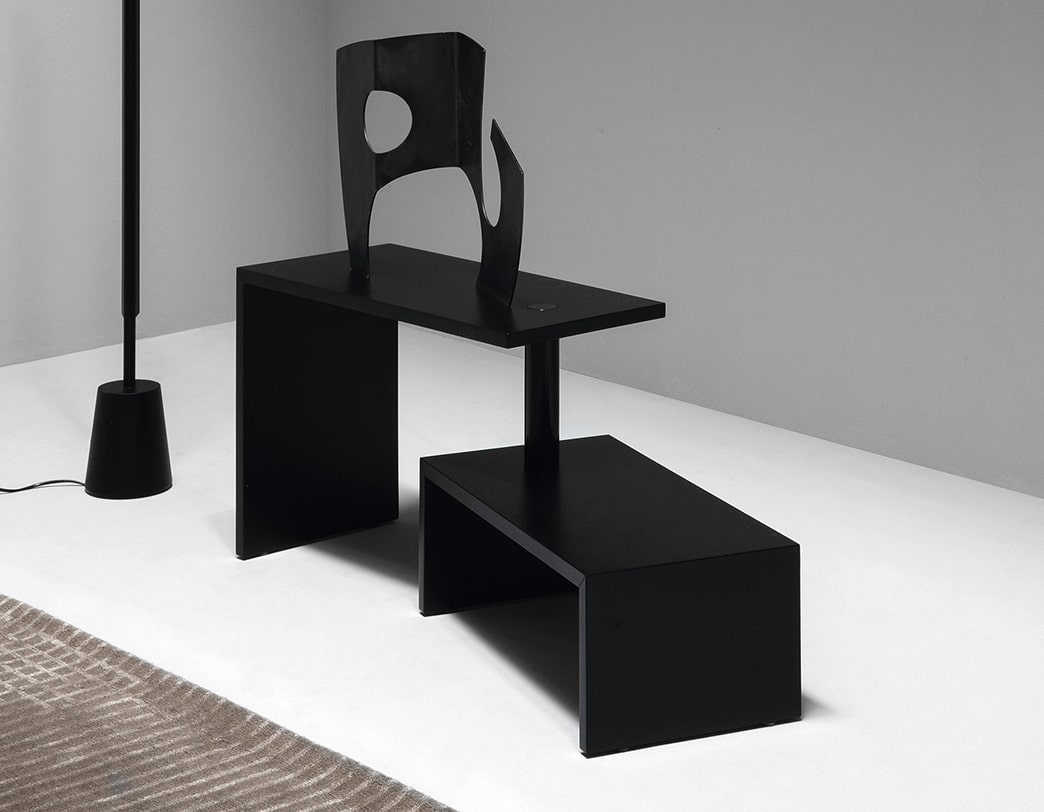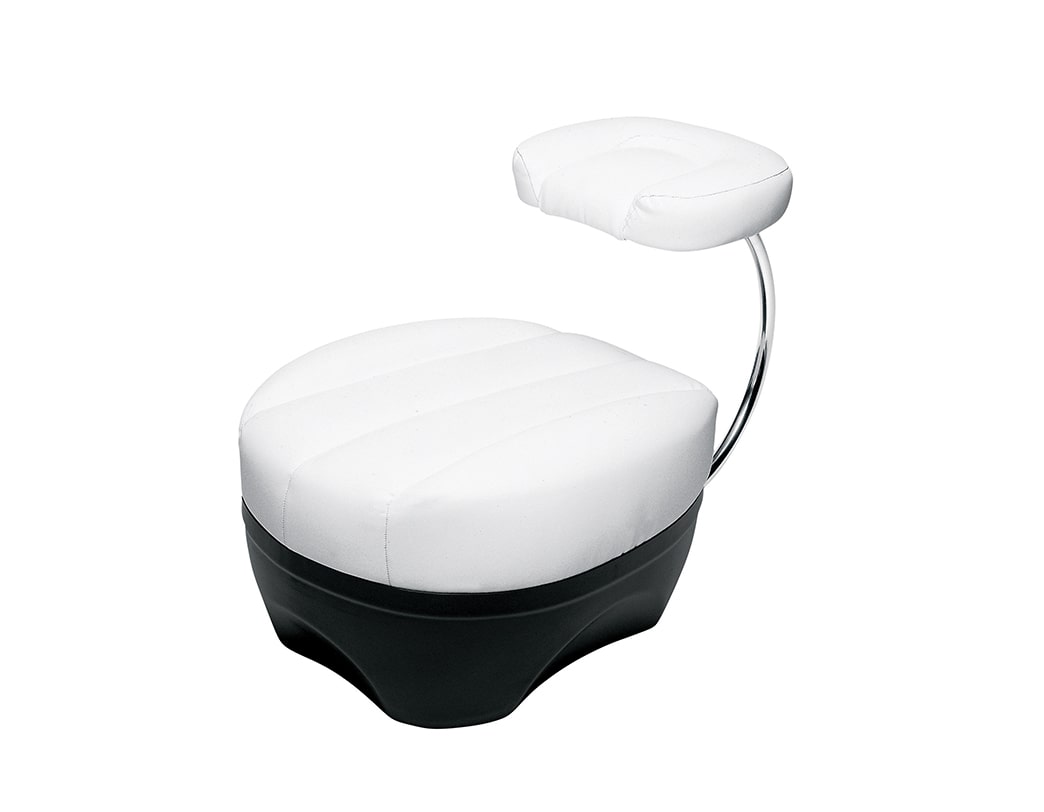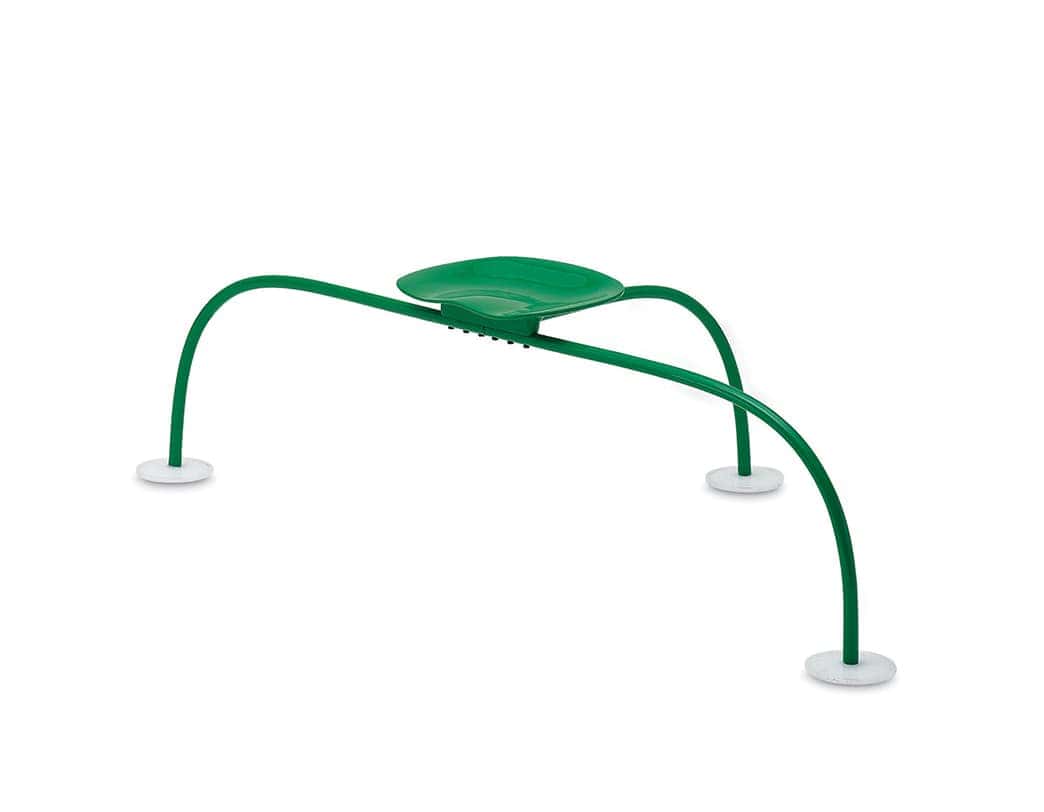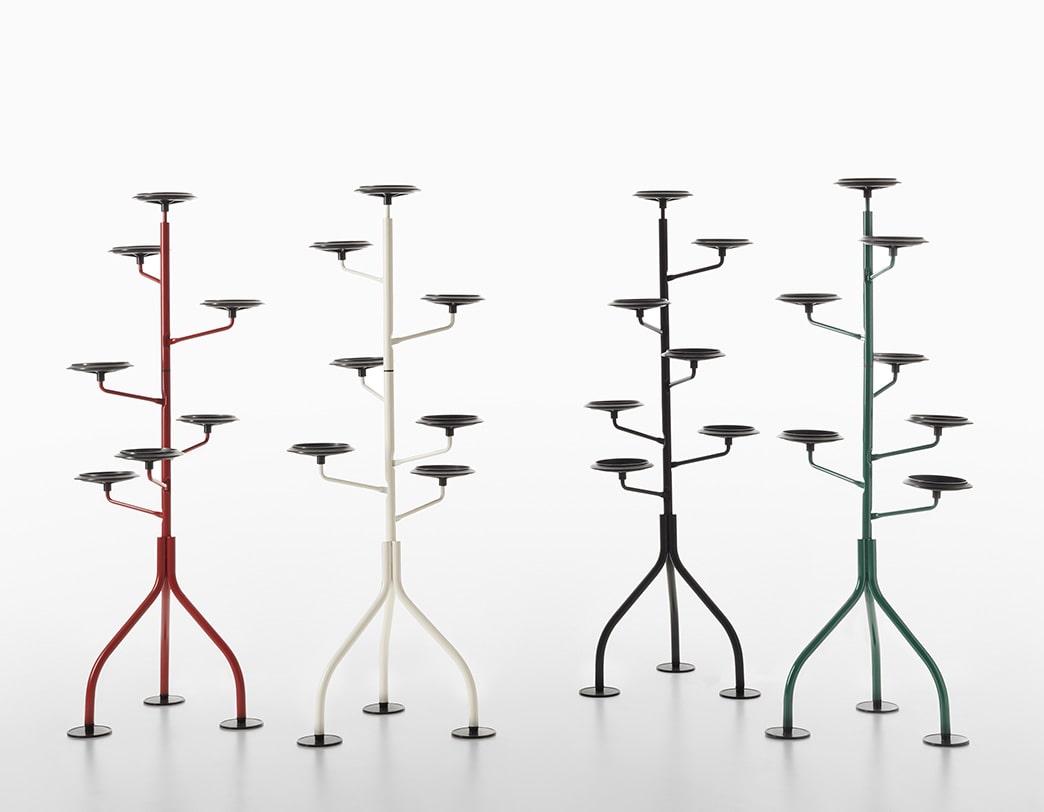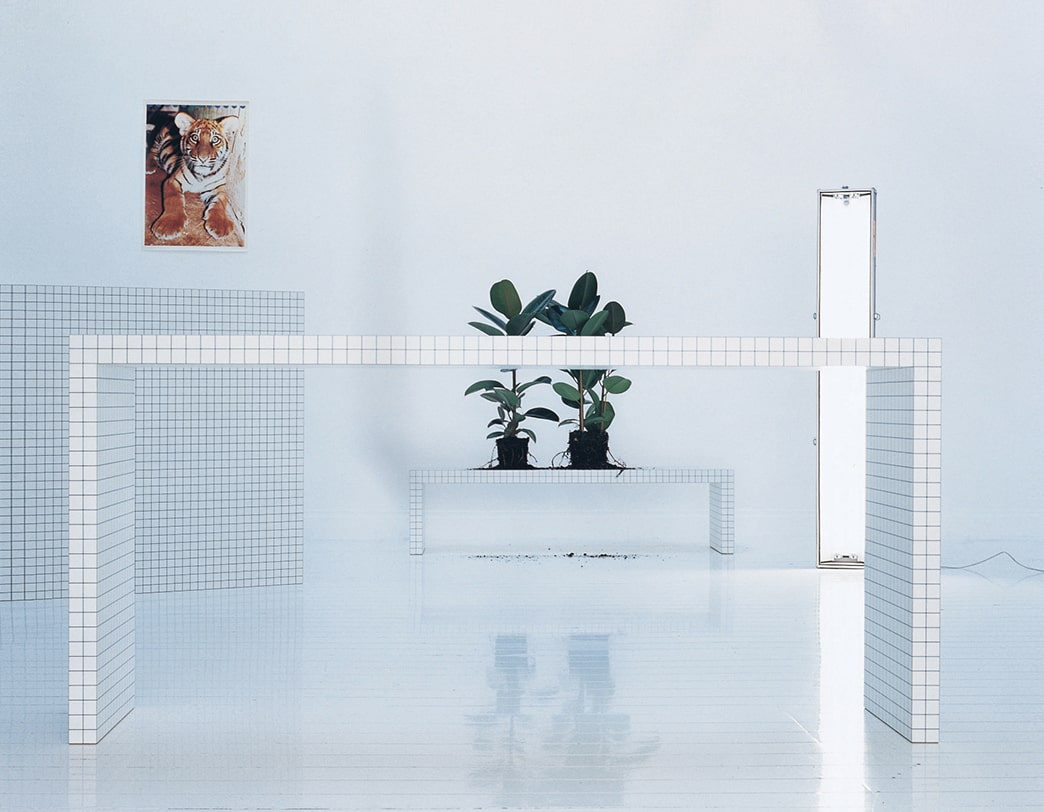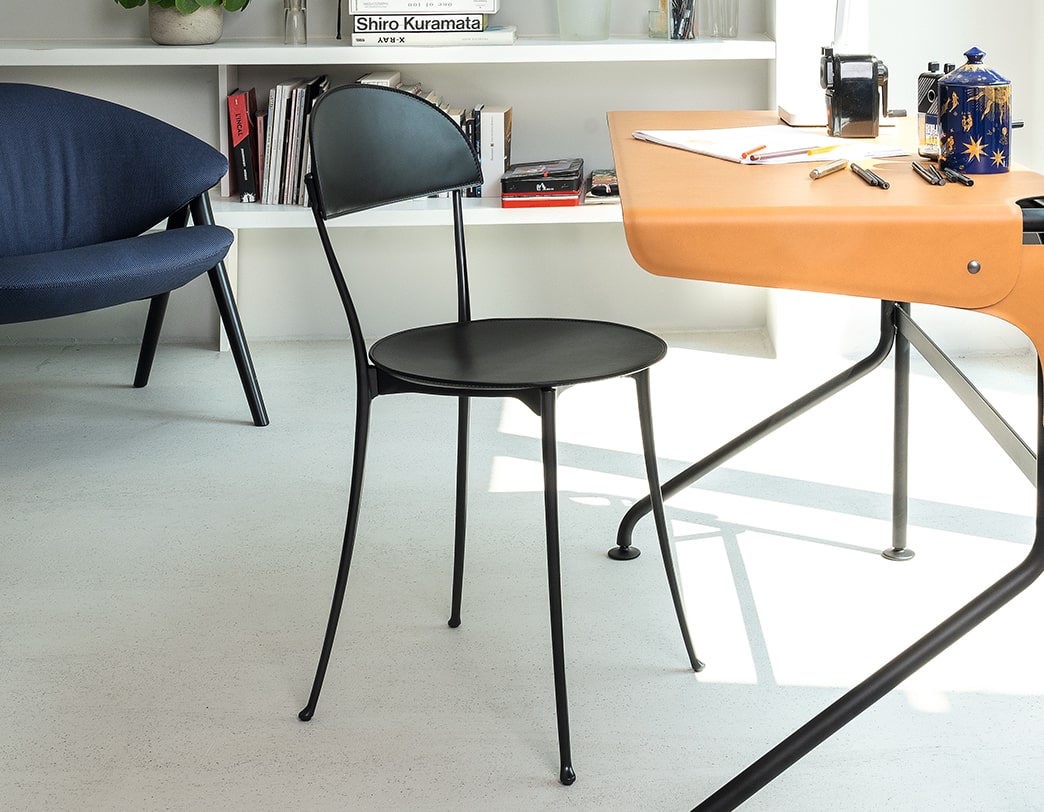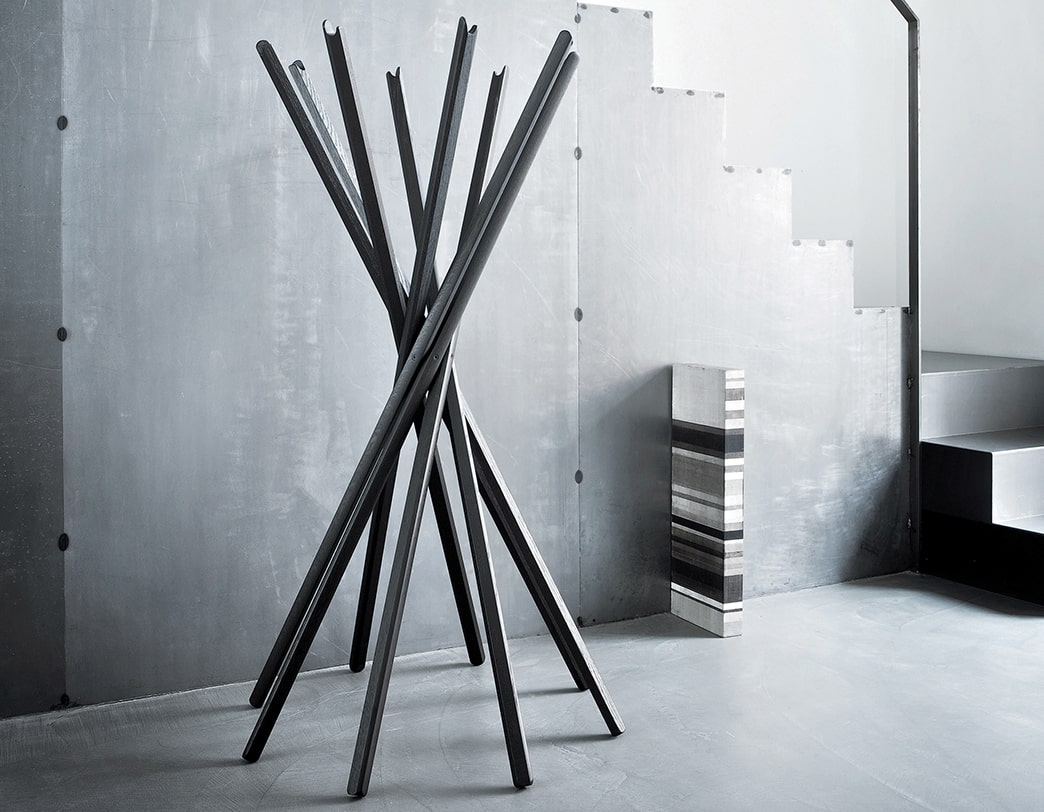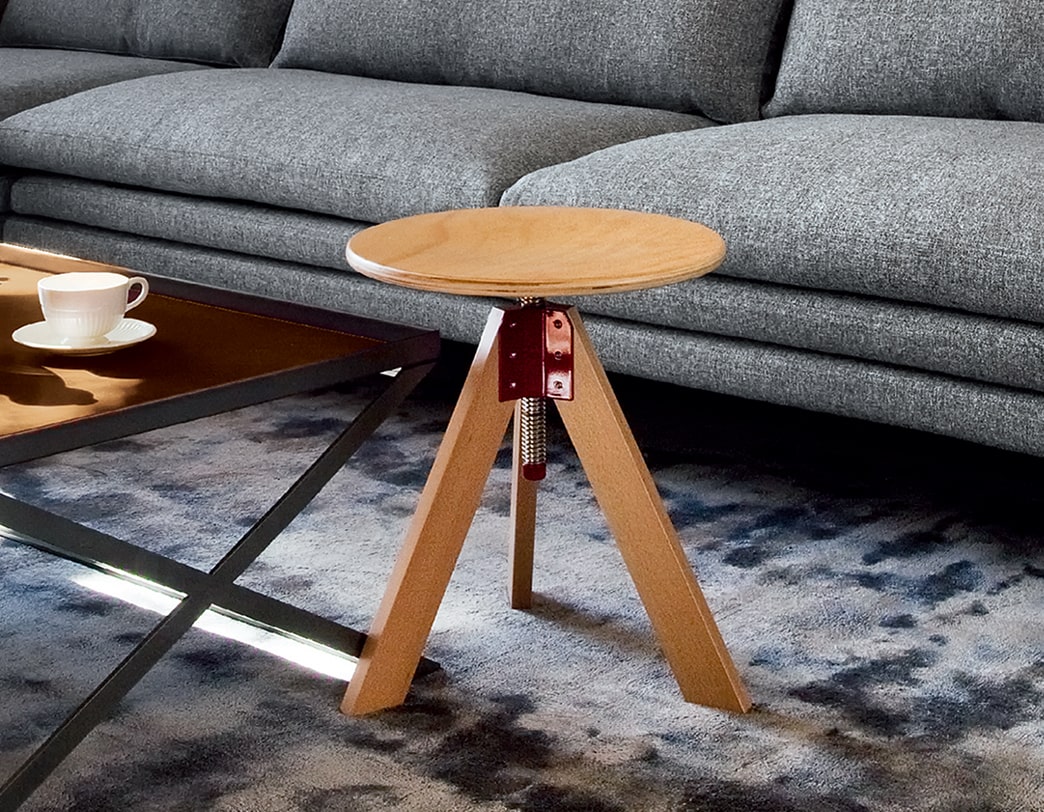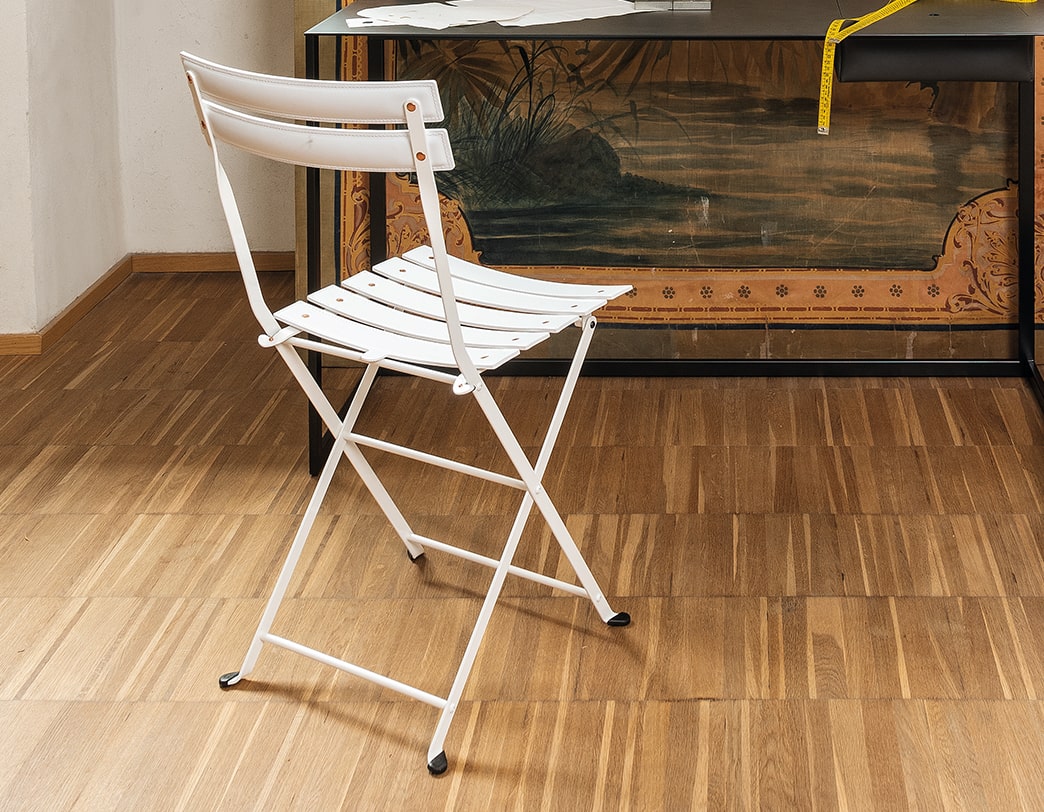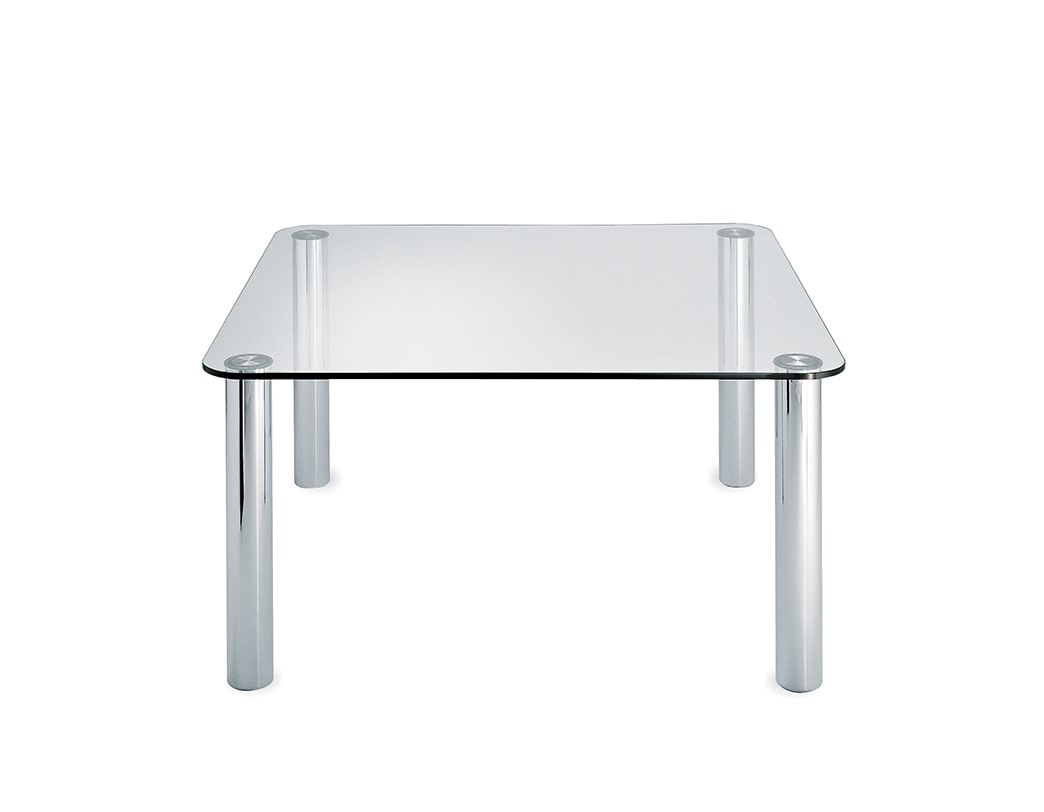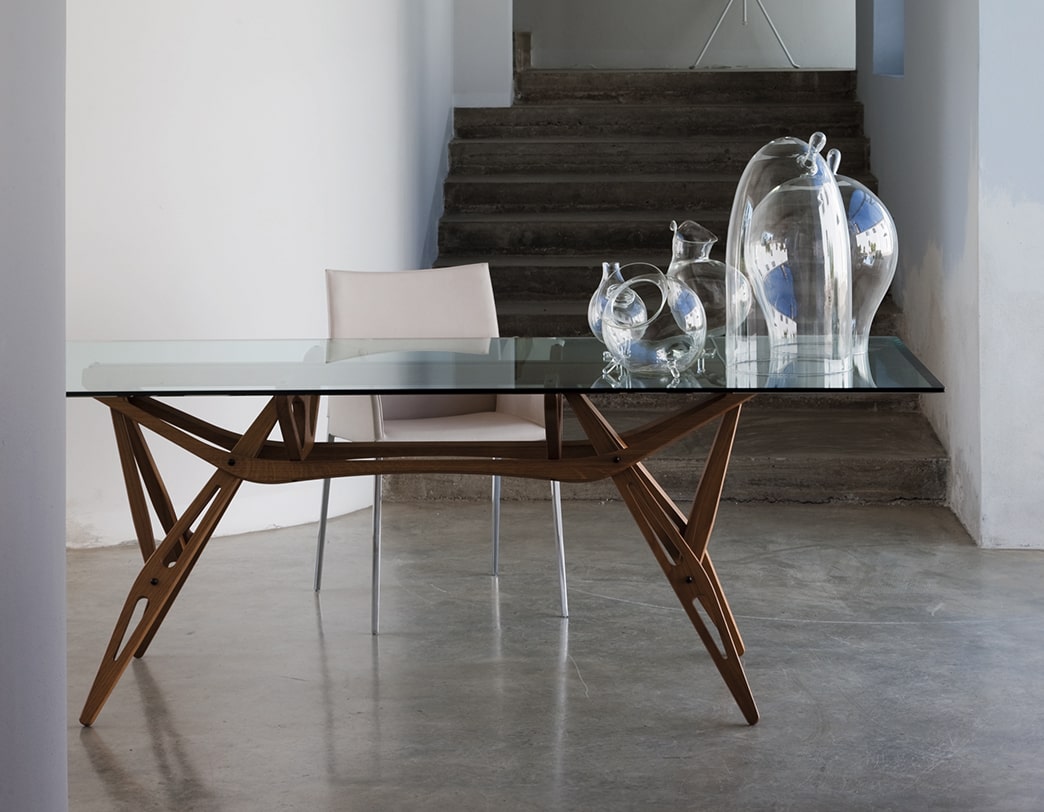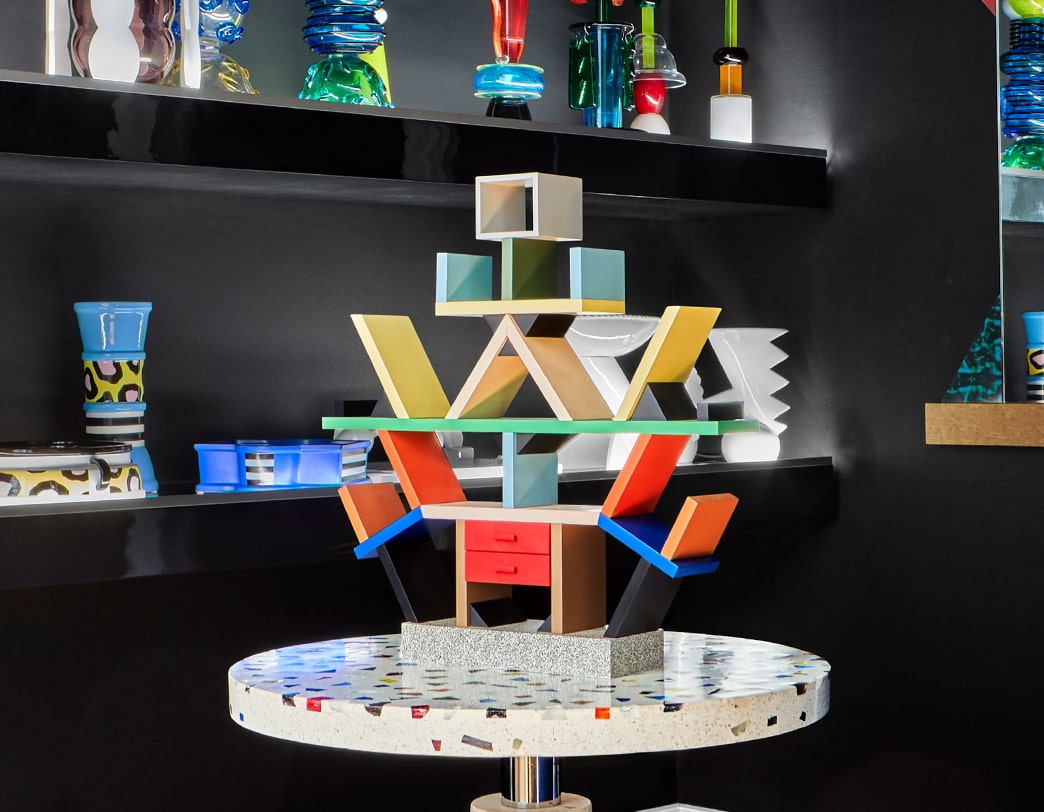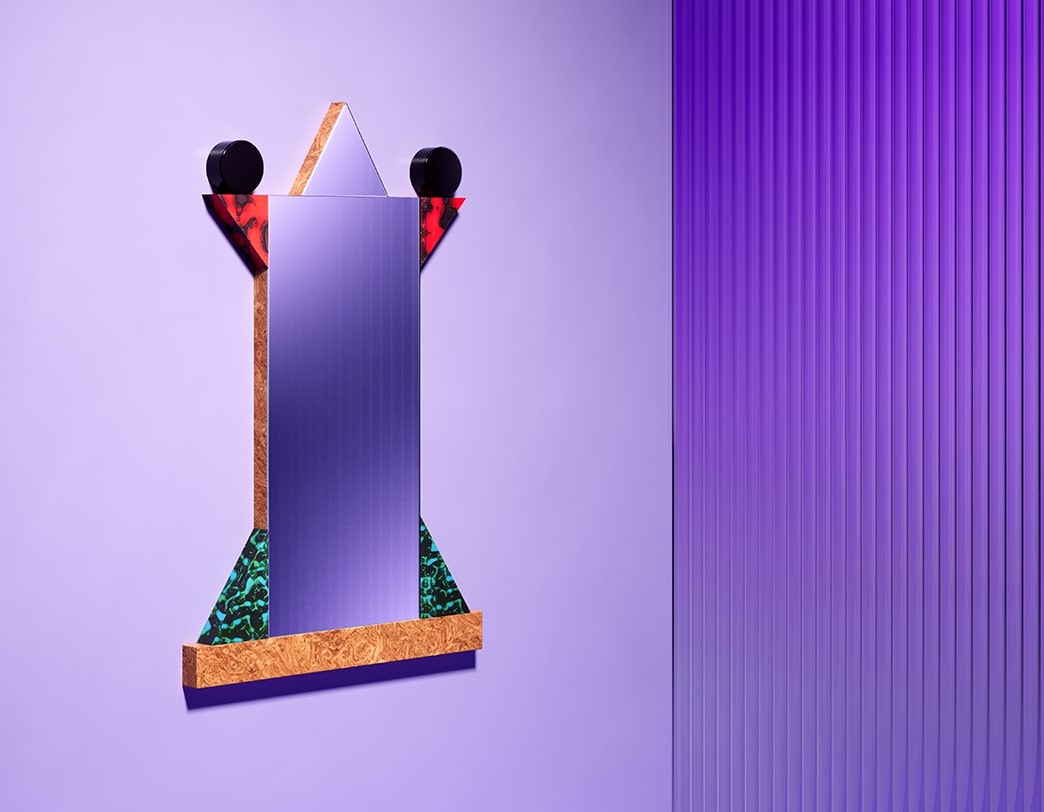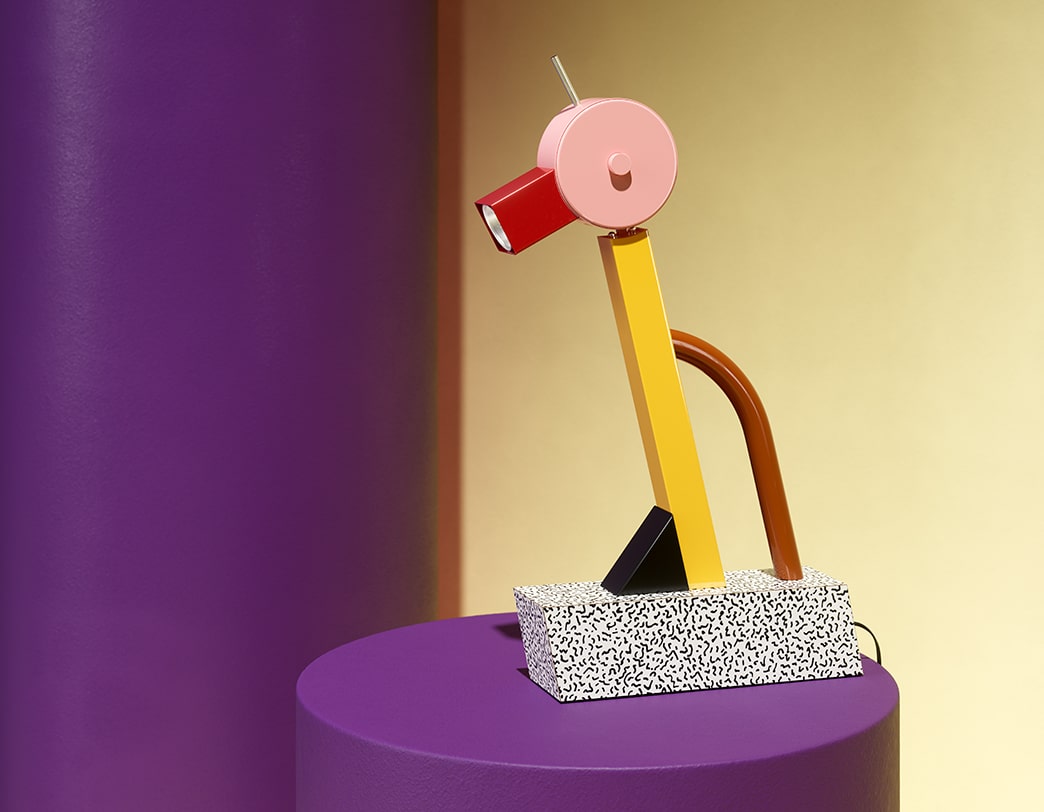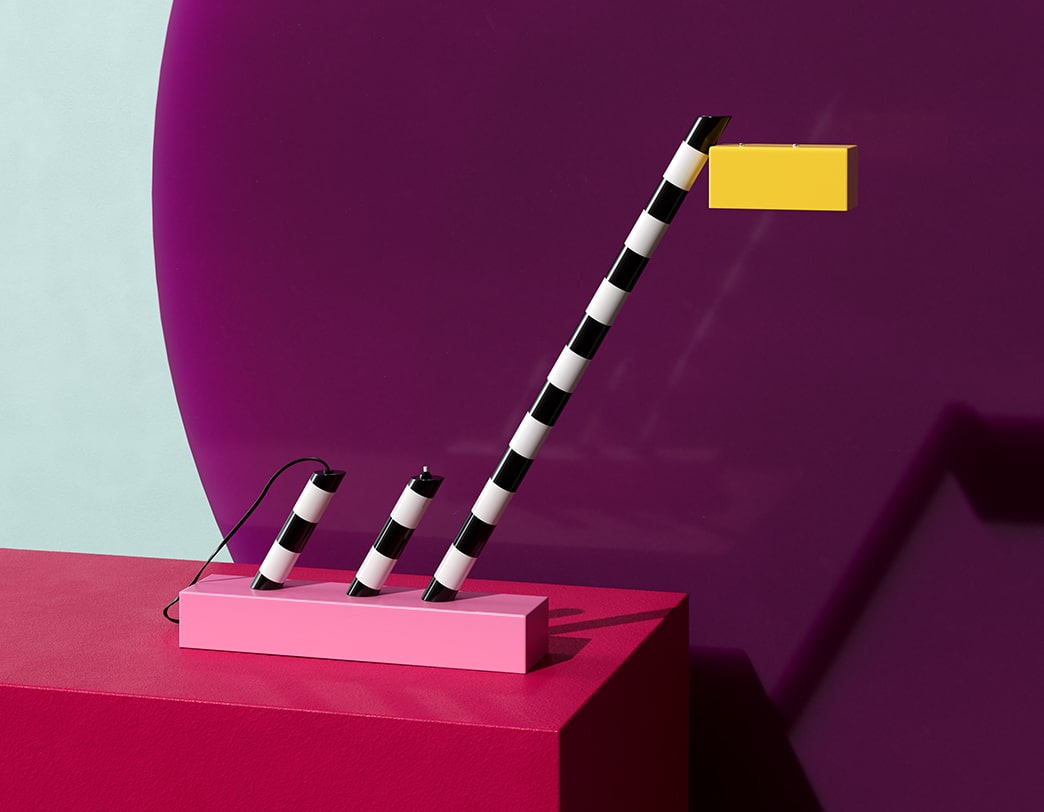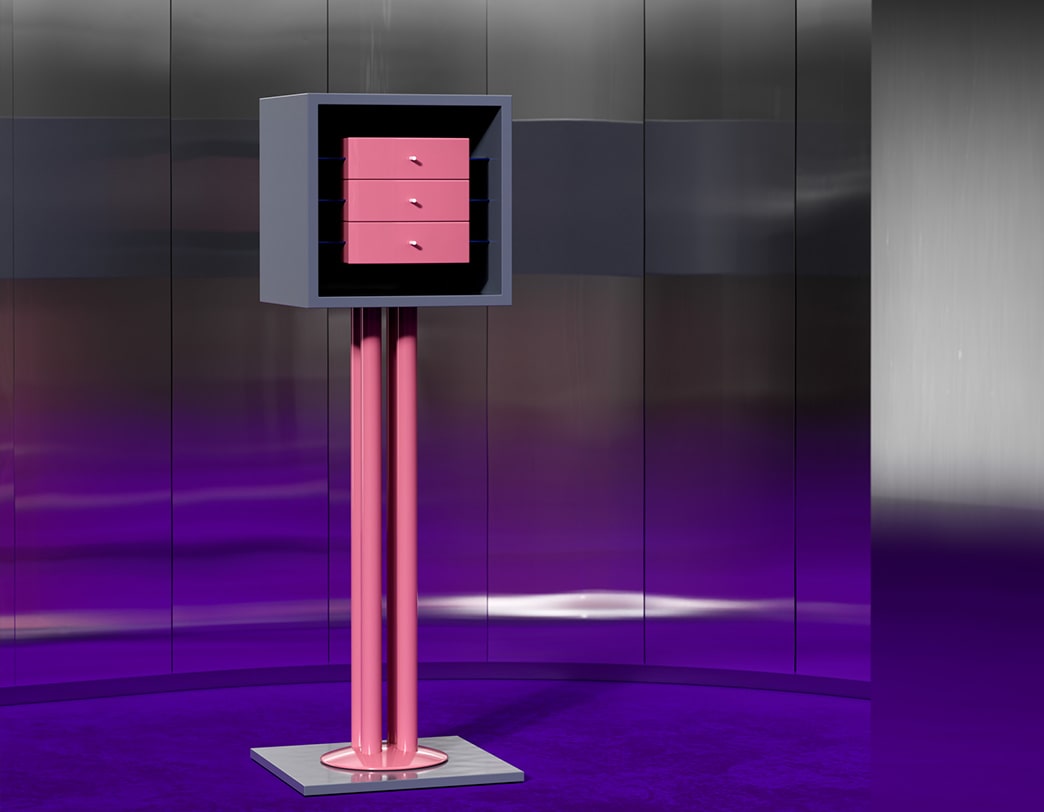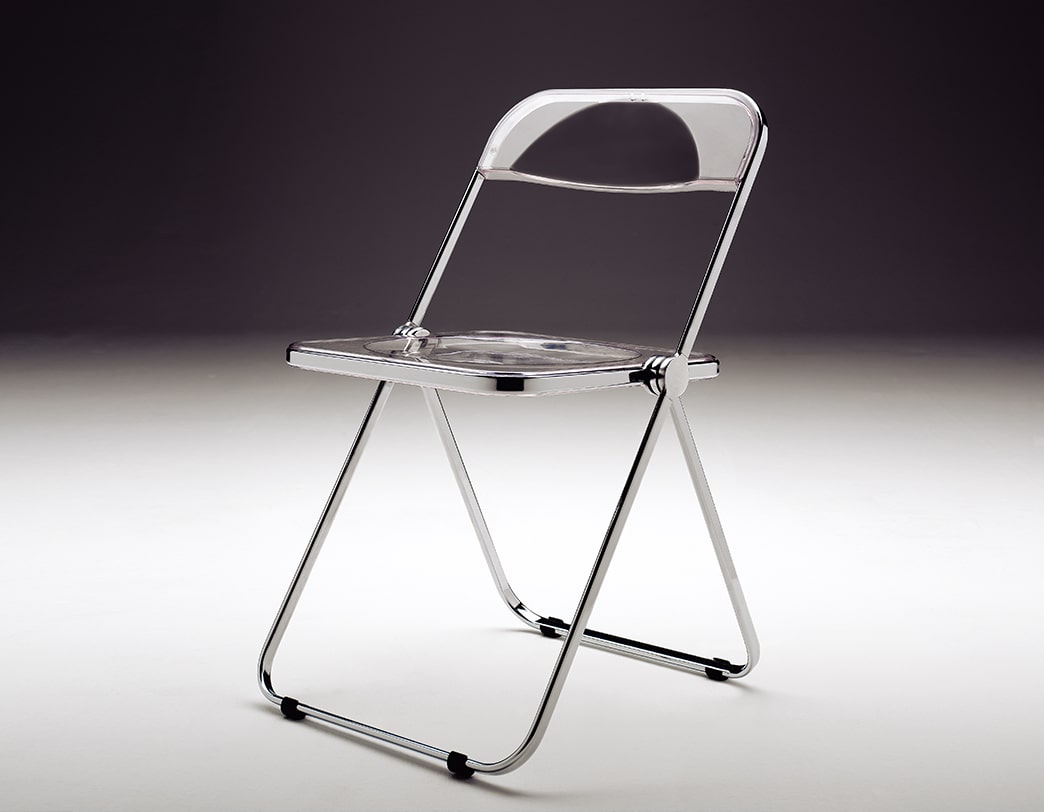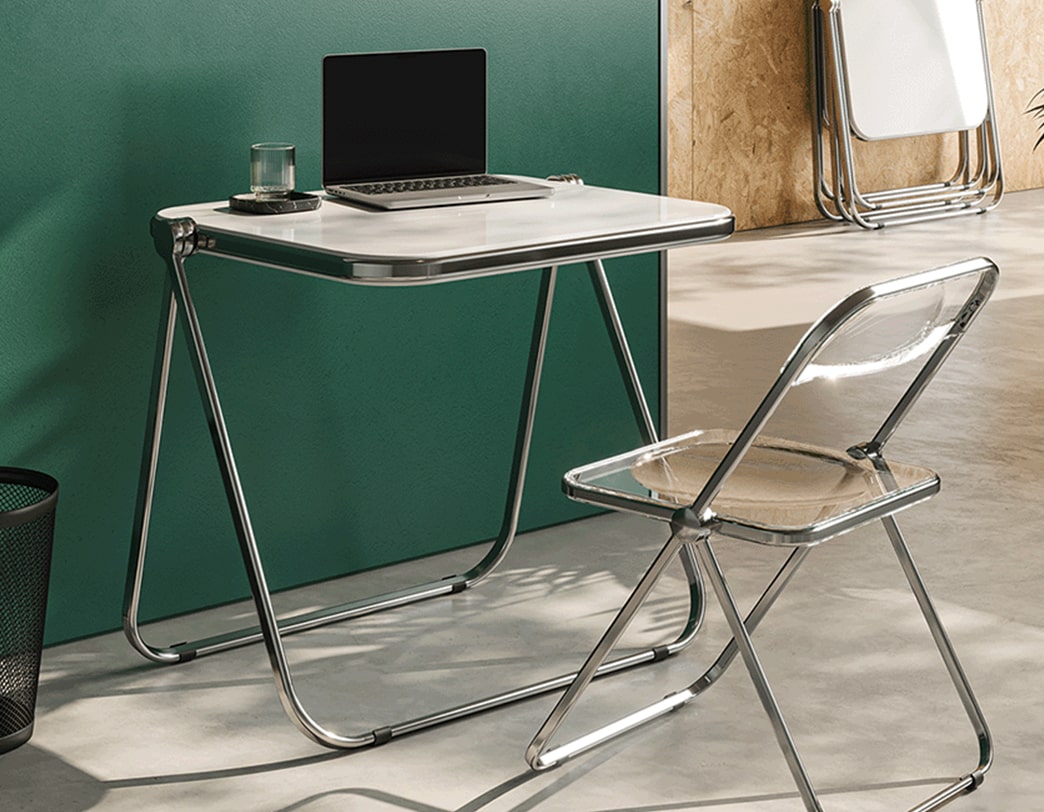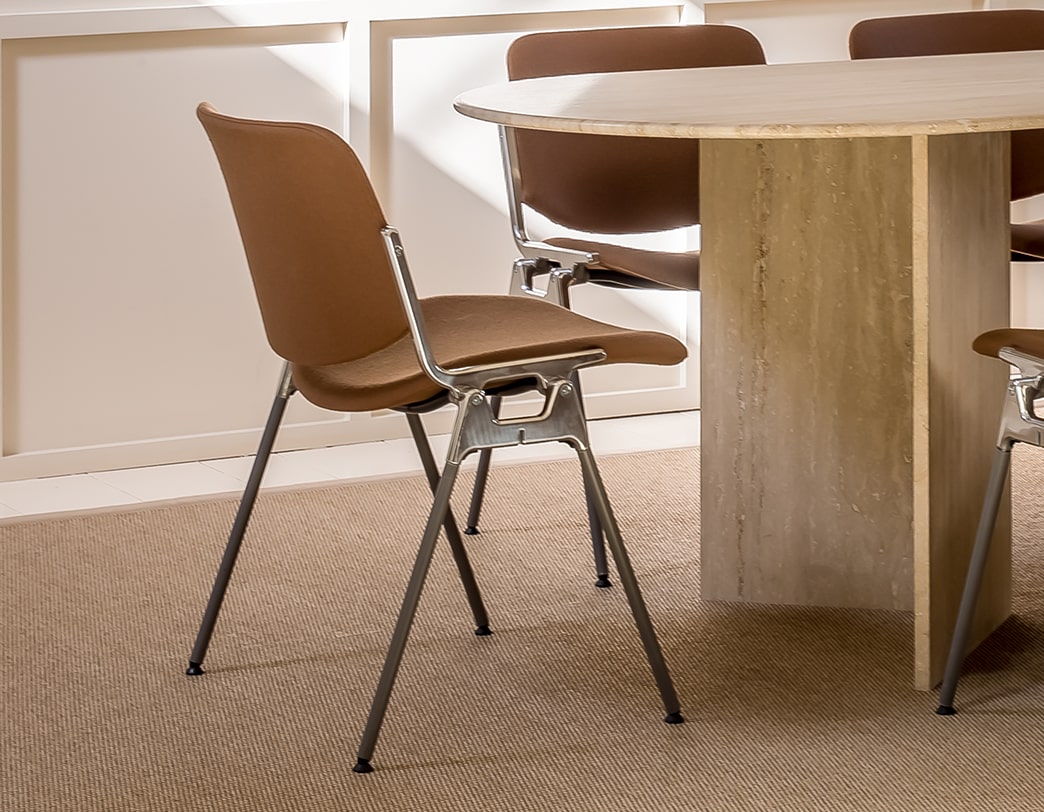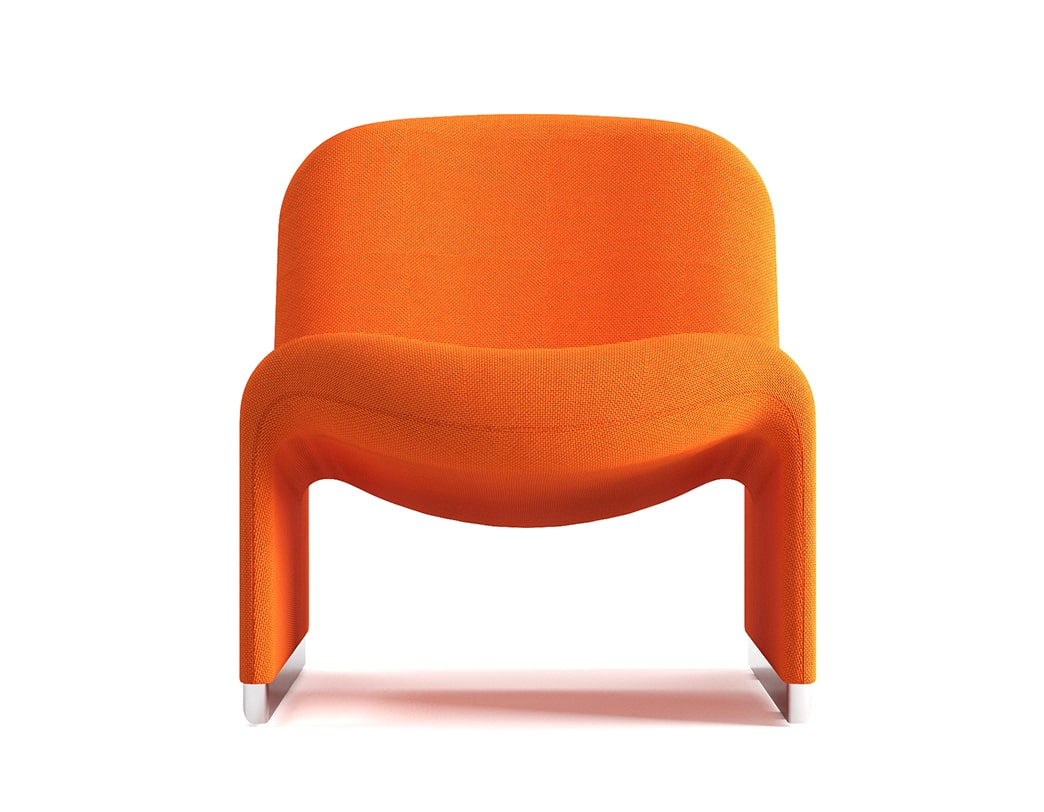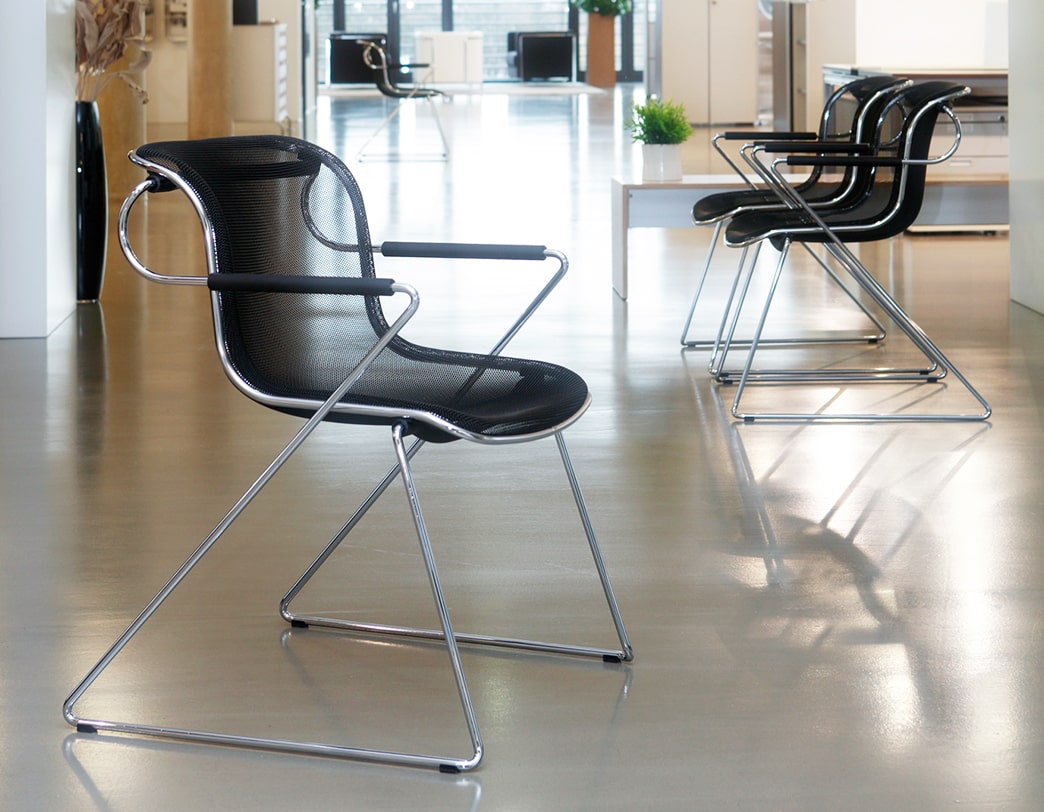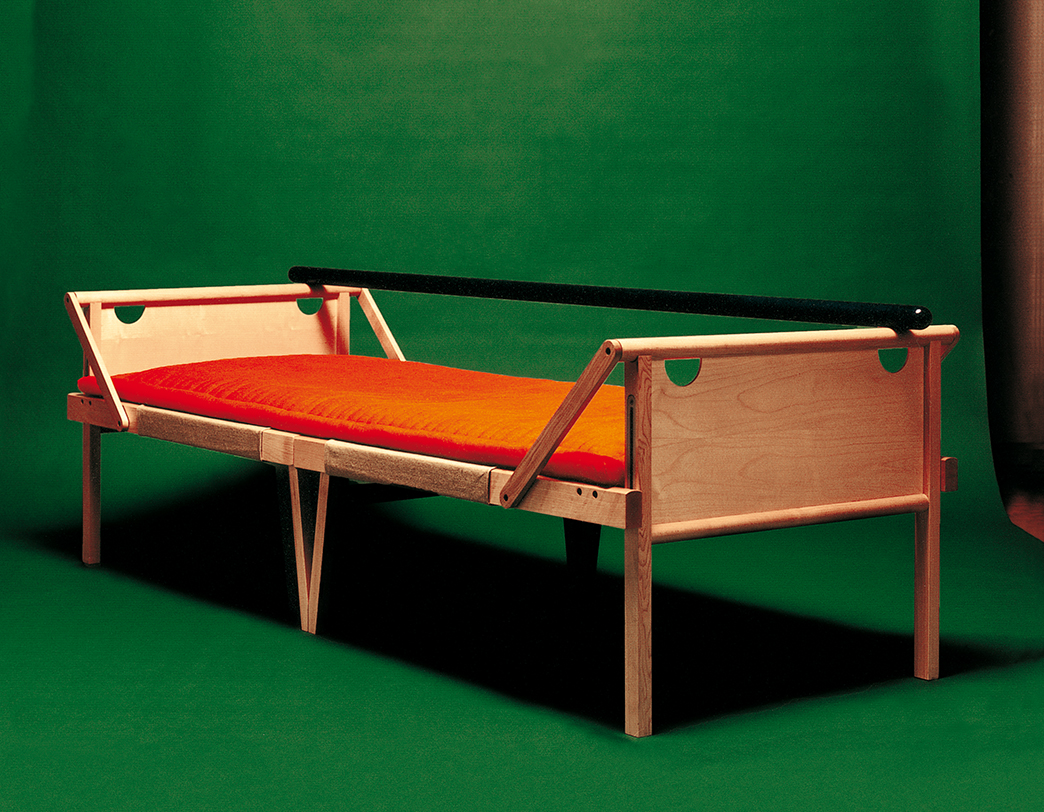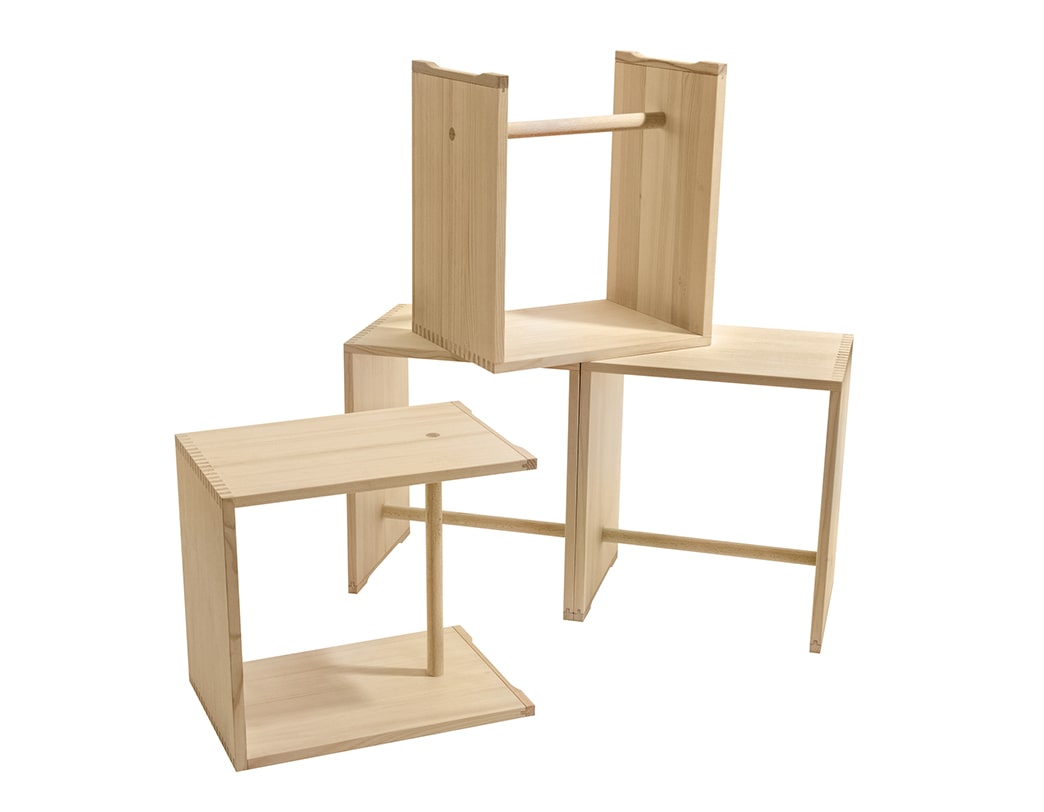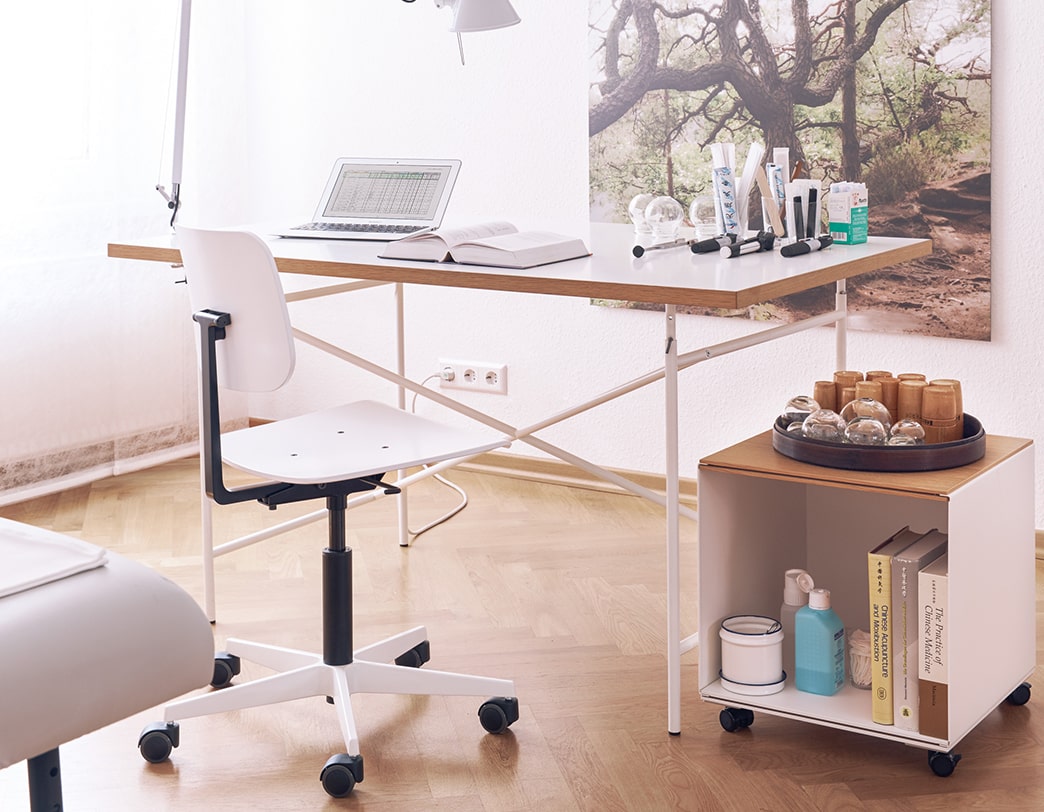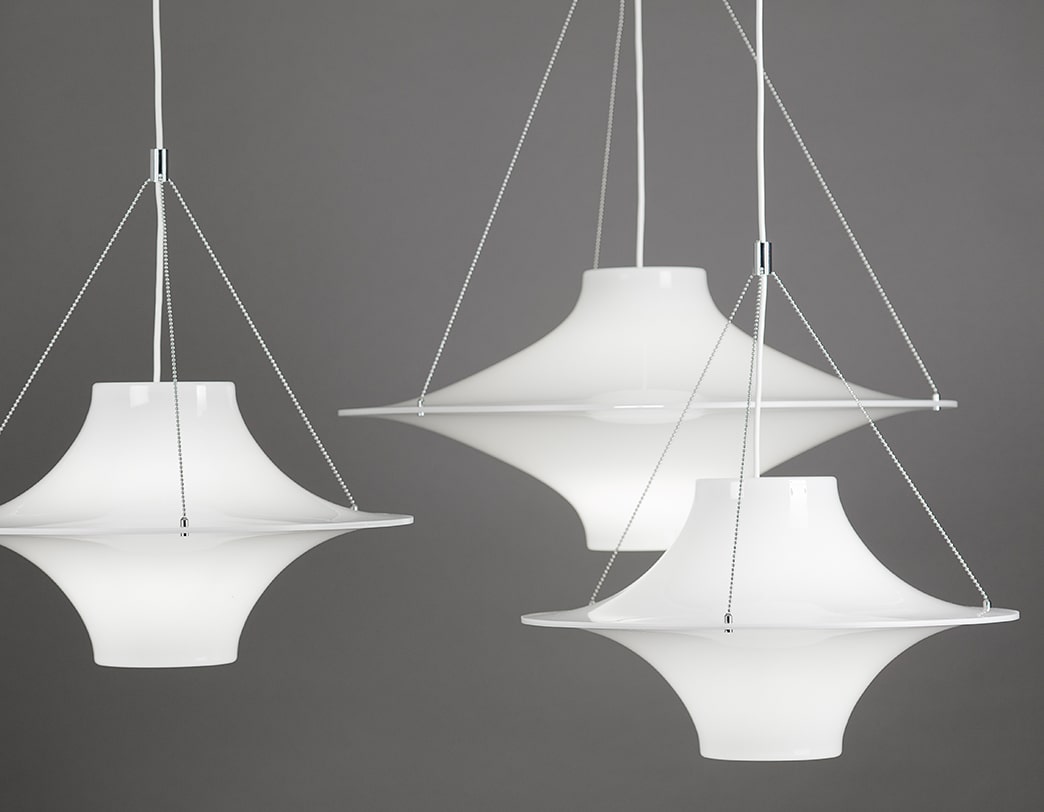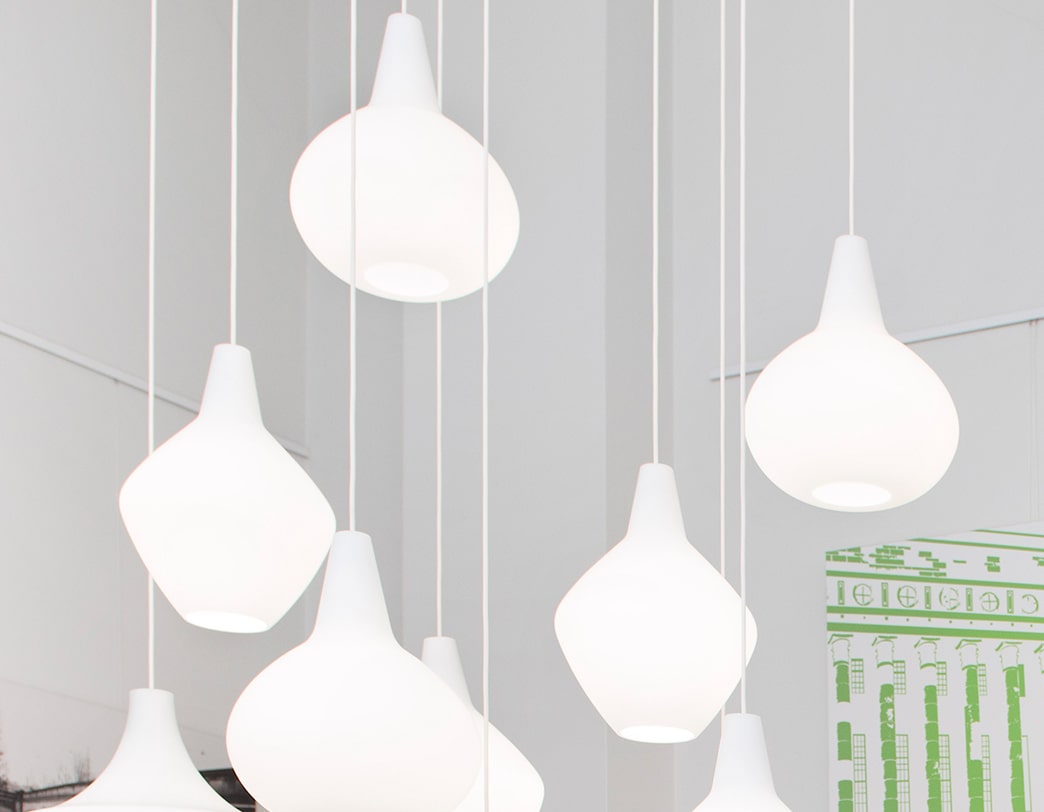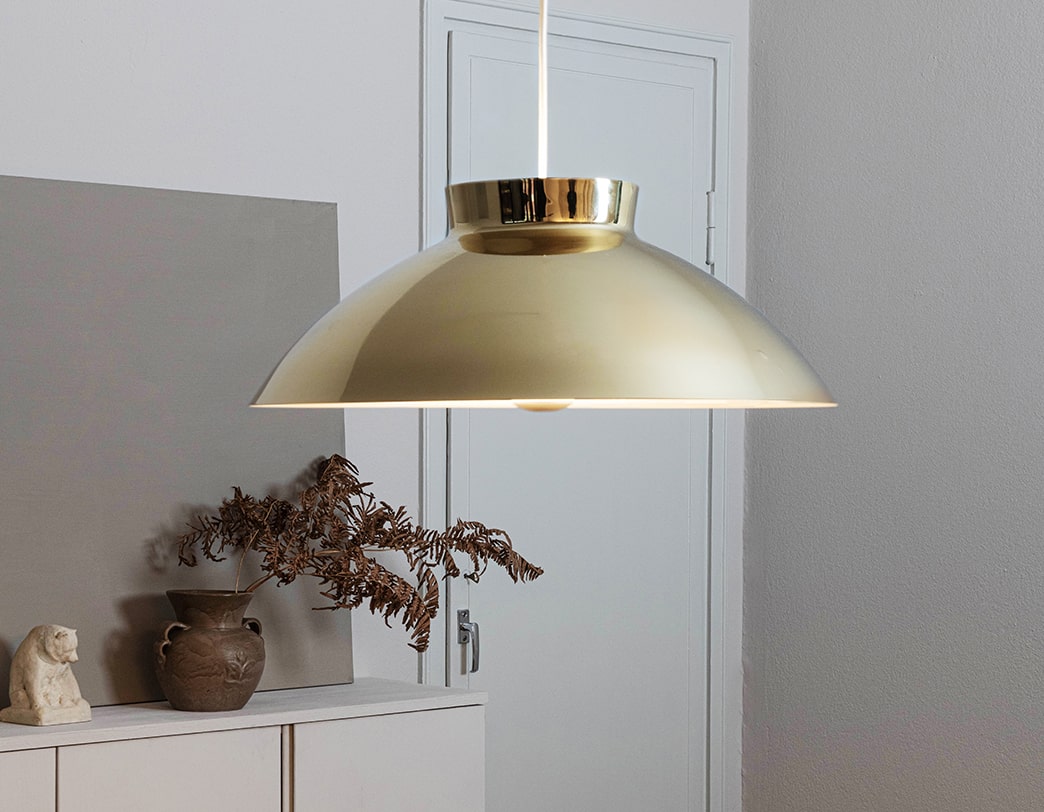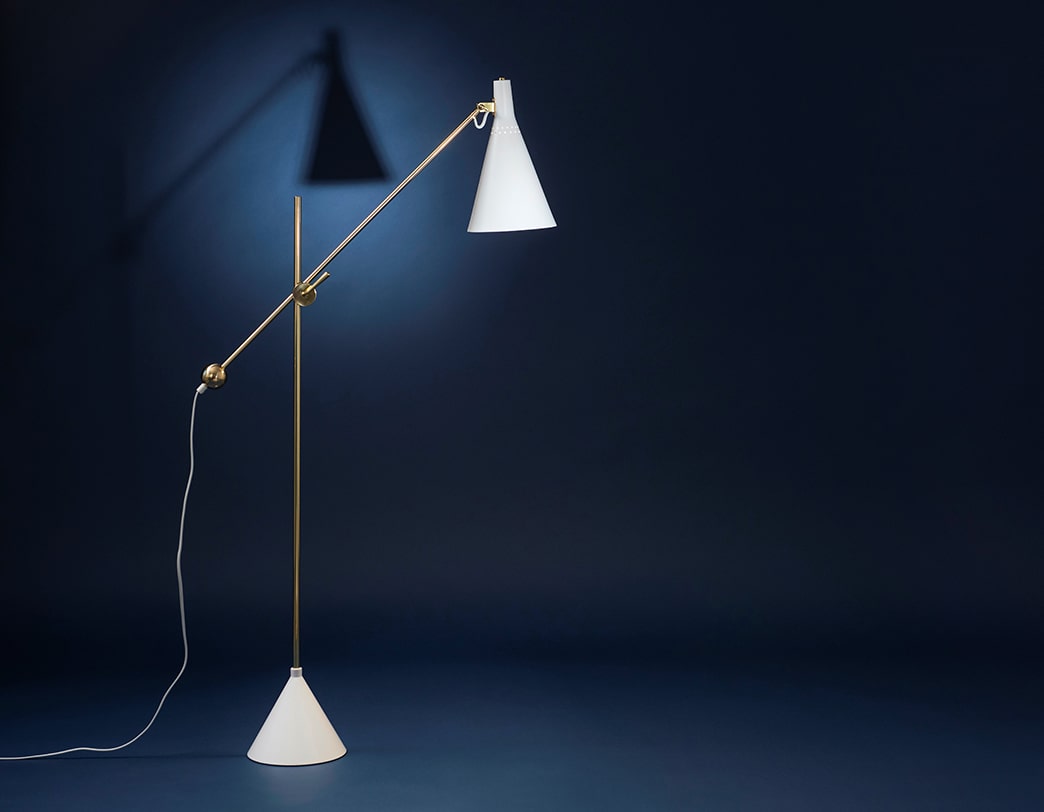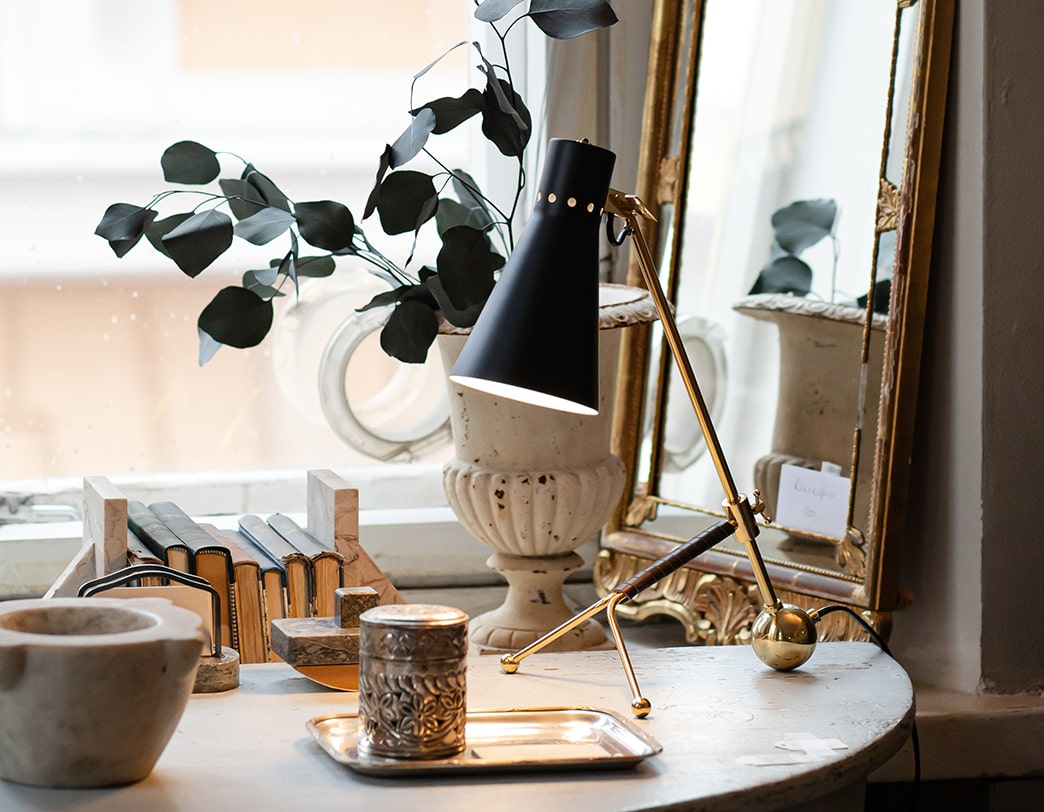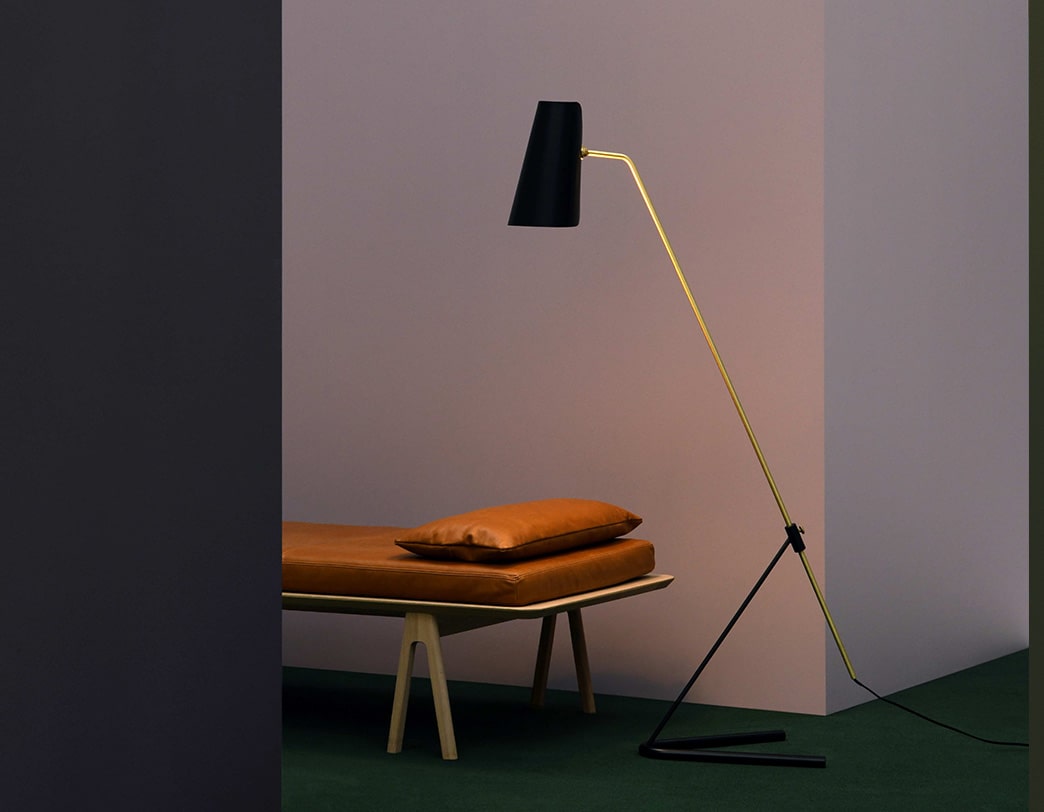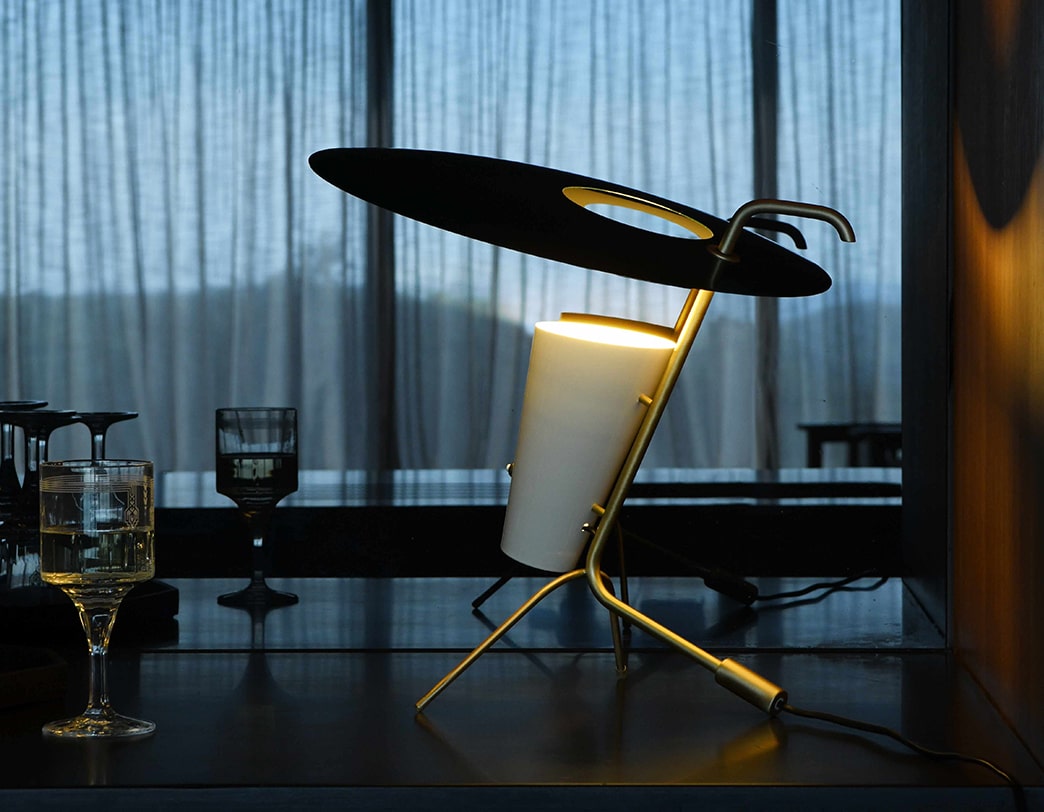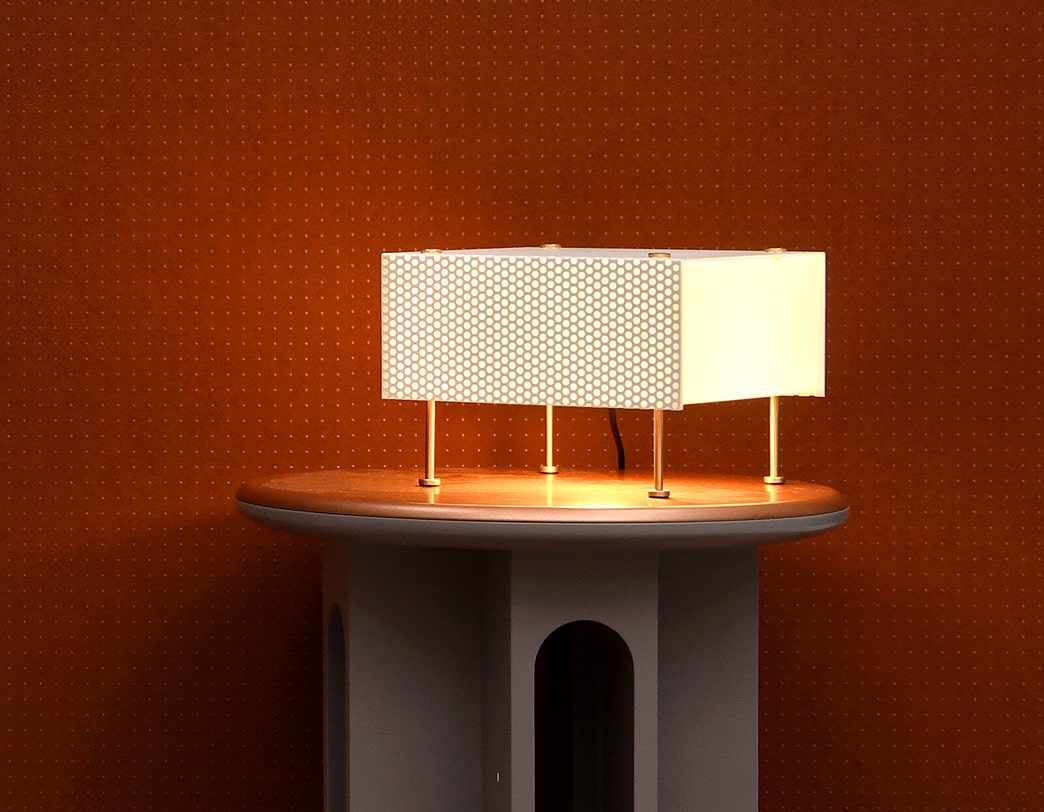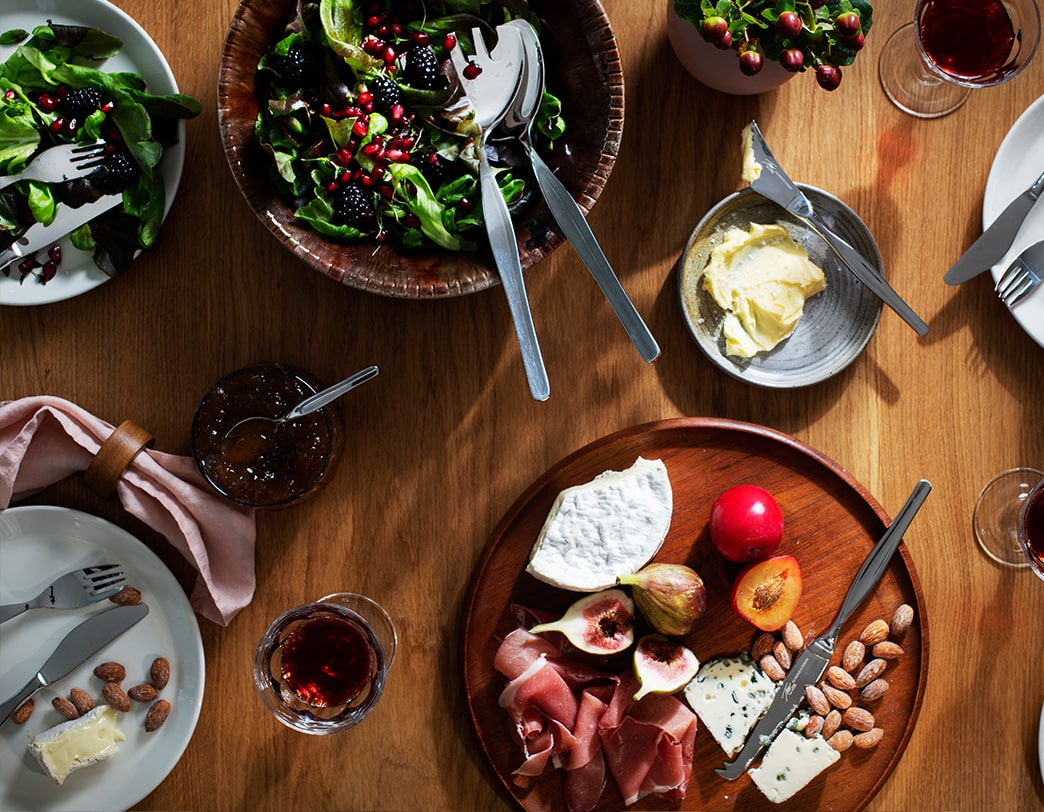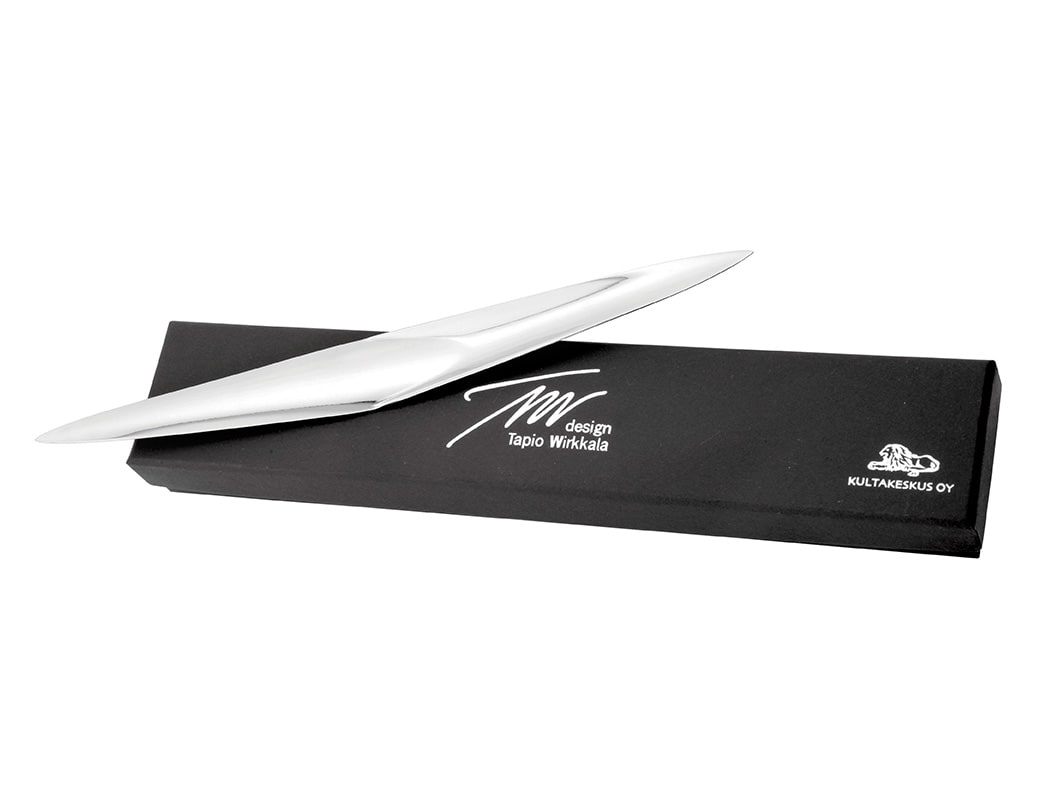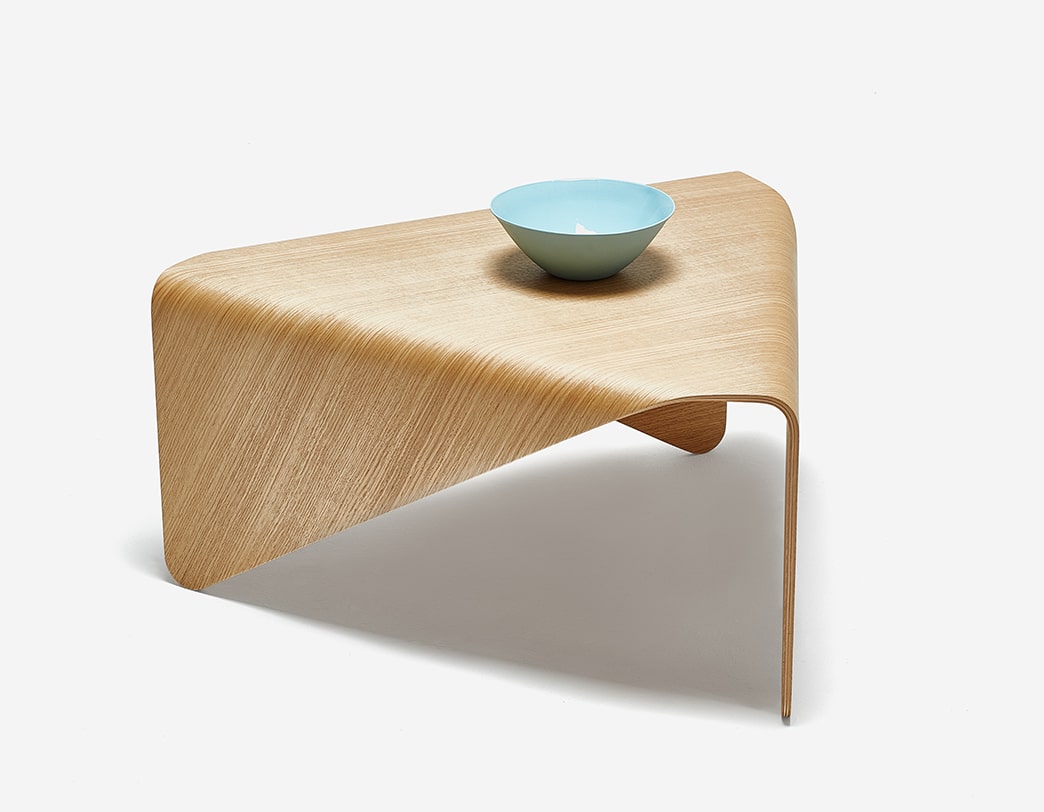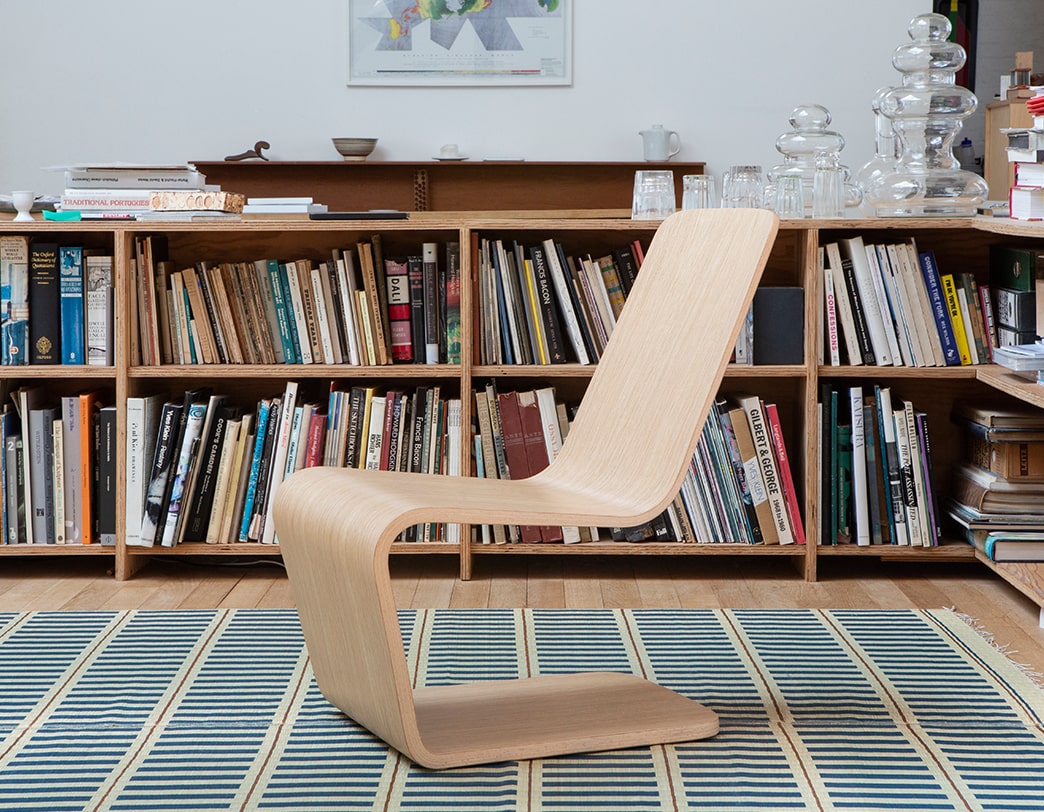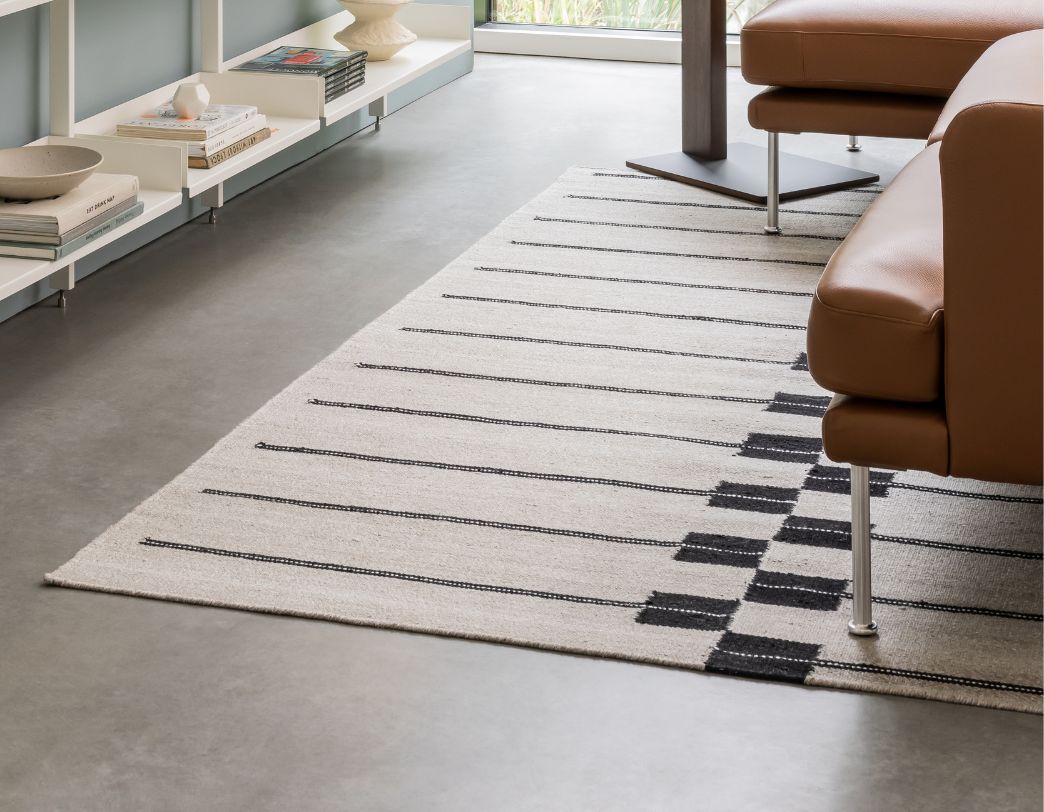Imported Products
Introducing products we sell as an authorized distributor
Boby Wagon
Designed by Joe Colombo / 1970
Bob
Designed by Joe Colombo / 1970
Ring
Designed by Joe Colombo / 1964
Crossed
Designed by Joe Colombo / 1963
Supercomfort
Designed by Joe Colombo / 1964
Multichair
Designed by Joe Colombo / 1970
Spinny
Designed by Studio Joe Colombo / 2004
4/4
Designed by Rodolfo Bonetto / 1969
Boomerang
Designed by Rodolfo Bonetto / 1968
AKI
Designed by Rodolfo Bonetto / 1975
ESA
Designed by Kazuhide Takahama / 1968
Sella
Designed by Achille & Pier Giacomo Castiglioni / 1957
Mezzadro
Designed by Achille & Pier Giacomo Castiglioni / 1957
Cumano
Designed by Achille Castiglioni / 1978
Servi series
Designed by Achille & Pier Giacomo Castiglioni / 1961-1986
Basello
Designed by Achille Castiglioni / 1987
Joy
Designed by Achille Castiglioni / 1989
Primate
Designed by Achille Castiglioni / 1970
Allunaggio
Designed by Achille & Pier Giacomo Castiglioni / 1965
Albero
Designed by Achille Castiglioni / 1983
Leonardo
Designed by Achille Castiglioni / 1969
Quaderna collection
Designed by Superstudio / 1969-1972
Museo
Designed by Enzo Mari / 1991
Tonietta
Designed by Enzo Mari / 1985
Sciangai
Designed by De Pas, D’Urbino, Lomazzi / 1973
Giotto
Designed by De Pas, D’Urbino, Lomazzi / 1975
Poker
Designed by Joe Colombo / 1968
Celestina
Designed by Marco Zanuso / 1978
Marcuso
Designed by Marco Zanuso / 1969
April
Designed by Gae Aulenti / 1964
Arabesco
Designed by Carlo Mollino / 1949
Reale
Designed by Carlo Mollino / 1948
Carlton
Designed by Ettore Sottsass / 1981
Carlton Miniature
Designed by Ettore Sottsass / 1981
Casablanca
Designed by Ettore Sottsass / 1981
Diva
Designed by Ettore Sottsass / 1984
Cream
Designed by Ettore Sottsass / 1984
Hyatt
Designed by Ettore Sottsass / 1984
Mimosa
Designed by Ettore Sottsass / 1984
Manhattan
Designed by Ettore Sottsass / 1986
Tahiti
Designed by Ettore Sottsass / 1981
First
Designed by Michele De Lucchi / 1983
Kristall
Designed by Michele De Lucchi / 1981
Polar
Designed by Michele De Lucchi / 1984
Flamingo
Designed by Michele De Lucchi / 1984
Atlantic
Designed by Michele De Lucchi / 1981
Pacific
Designed by Michele De Lucchi / 1981
Oceanic
Designed by Michele De Lucchi / 1981
Celery
Designed by Michele De Lucchi / 1985
Tomato
Designed by Michele De Lucchi / 1985
Imperial
Designed by Shiro Kuramata / 1981
Nikko
Designed by Shiro Kuramata / 1982
Nara
Designed by Shiro Kuramata / 1983
Kyoto
Designed by Shiro Kuramata / 1983
Super
Designed by Martine Bedin / 1981
Plia Chair
Designed by Giancarlo Piretti / 1967
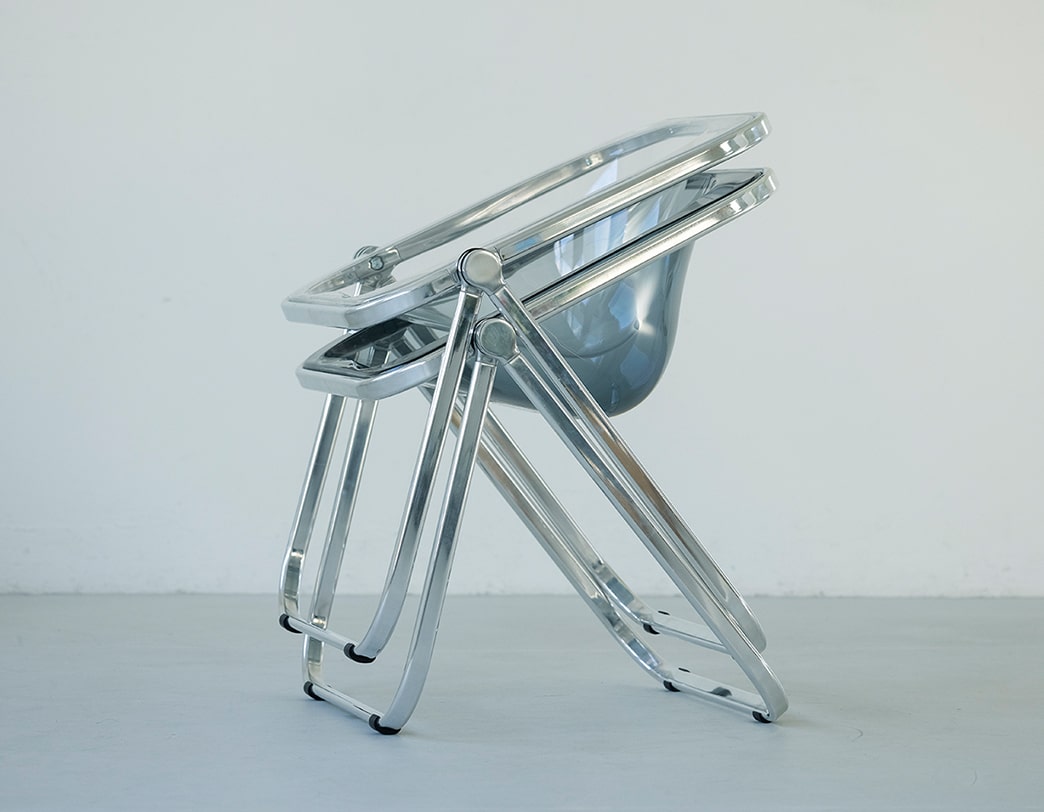
Photo:Norio Kidera, Styling:Fumiko Sakuhara
Plona Arm Chair
Designed by Giancarlo Piretti / 1970
Platone Table
Designed by Giancarlo Piretti / 1970
DSC106S
Designed by Giancarlo Piretti / 1965
Alky Chair
Designed by Giancarlo Piretti / 1969
Penelope Chair
Designed by Charles Pollock / 1982
Ospite
Designed by Vico Magistretti / 1996
Ulm Stool
Designed by Max Bill / 1954
Eiermann Table
Designed by Egon Eiermann / 1953
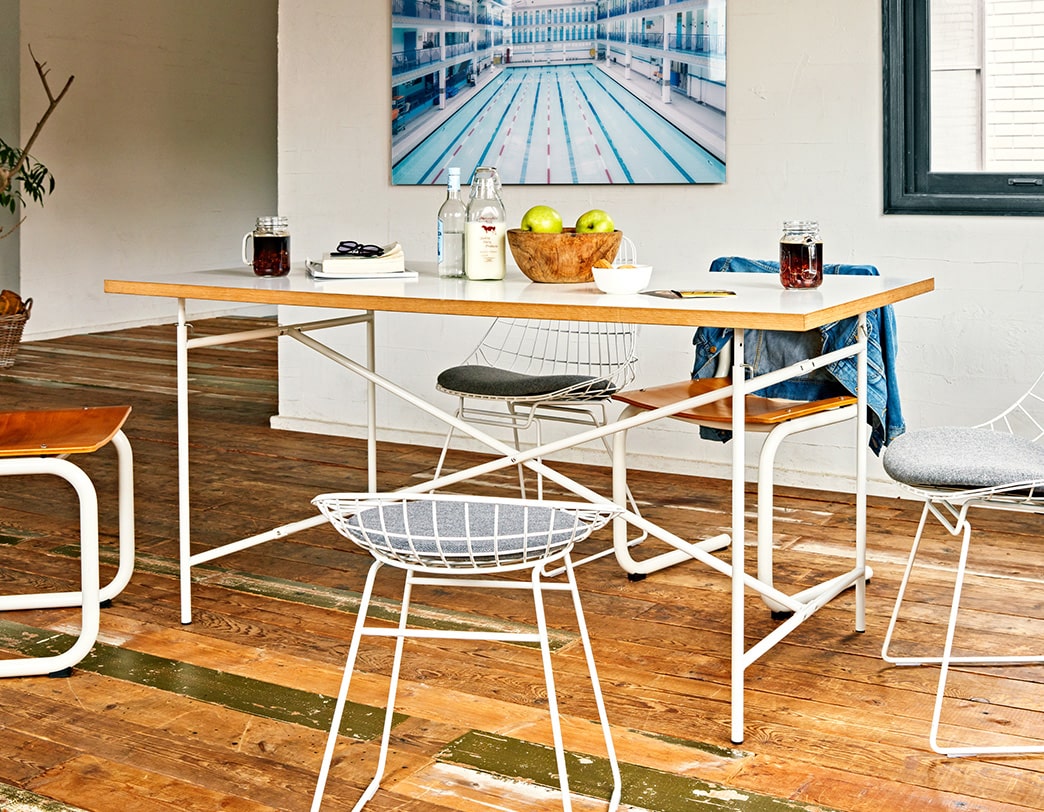
Photo Yosuke Owashi, Styling Masato Kawai, Cooperation FLOS Japan, YellowKorner Japan
Eiermann Table 2
Designed by Egon Eiermann / 1965
Skyflyer
Designed by Yki Nummi / 1960
Modern Art
Designed by Yki Nummi / 1955
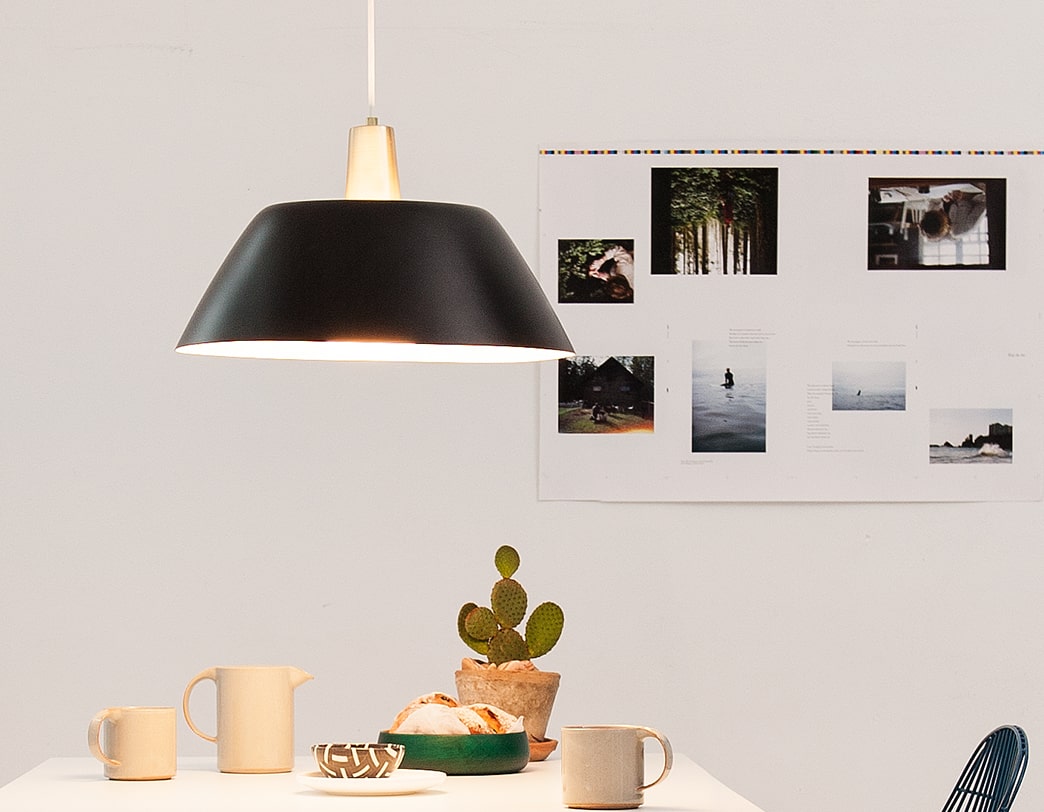
Photo Masatoshi Takahashi, Styling Yumi Nakata
Ihanne
Designed by Lisa Johansson-Pape / 1956
Sipuli, Bulbo
Designed by Lisa Johansson-Pape / 1950-1959
Lisa
Designed by Lisa Johansson-Pape / 1947
Sirri
Designed by Lisa Johansson-Pape / 1960s
Senator
Designed by Lisa Johansson-Pape / 1947
Triennale
Designed by Tapio Wirkkala / 1950s
Tapio Floor Lamp
Designed by Tapio Wirkkala / 1958
Tapio Table Lamp
Designed by Tapio Wirkkala / 1958
G25 Wall Lamp
Designed by Pierre Guariche / 1951
G21 Floor Lamp
Designed by Pierre Guariche / 1951
G24 Table Lamp
Designed by Pierre Guariche / 1953
G3 Wall Lamp, G3 Triple Wall Lamp
Designed by Pierre Guariche / 1951
G60 Table Lamp
Designed by Pierre Guariche / 1959
G61 Table Lamp
Designed by Pierre Guariche / 1959
TAPIO
Designed by Tapio Wirkkala / 1957
Paper Knife
Designed by Tapio Wirkkala / 1970
Nesting Table
Designed by Marcel Breuer / 1936
Penguin Donkey
Designed by Egon Riss / 1939
T46 Coffee Table
Designed by Hein Stolle / 1946
Iso-Lounge
Designed by Jasper Morrison / 2021
Series E chair
Designed by Robin Day / 1971
Rug
Designed by Eleanor Pritchard / 2017-2023
Ulm Stool with DrawerDiscontinued
Designed by Max Bill / 1962
Ulm Stool ColorDiscontinued
Designed by Max Bill / 1954
BlitzDiscontinued
Designed by Francesco Trabucco / 1969
BugiaDiscontinued
Designed by Giuseppe Cormio / 1975
Wire ChairDiscontinued
Designed by Cees Braakman / 1958
Wire High Stool, Wire Low StoolDiscontinued
Designed by Cees Braakman / 1958
Tricorne trayDiscontinued
Designed by Robin Day / 1955
Densen Blanket, CushionDiscontinued
Designed by Eleanor Pritchard / 2019
PistillinoDiscontinued
Designed by Studio Tetrarch / 1969
